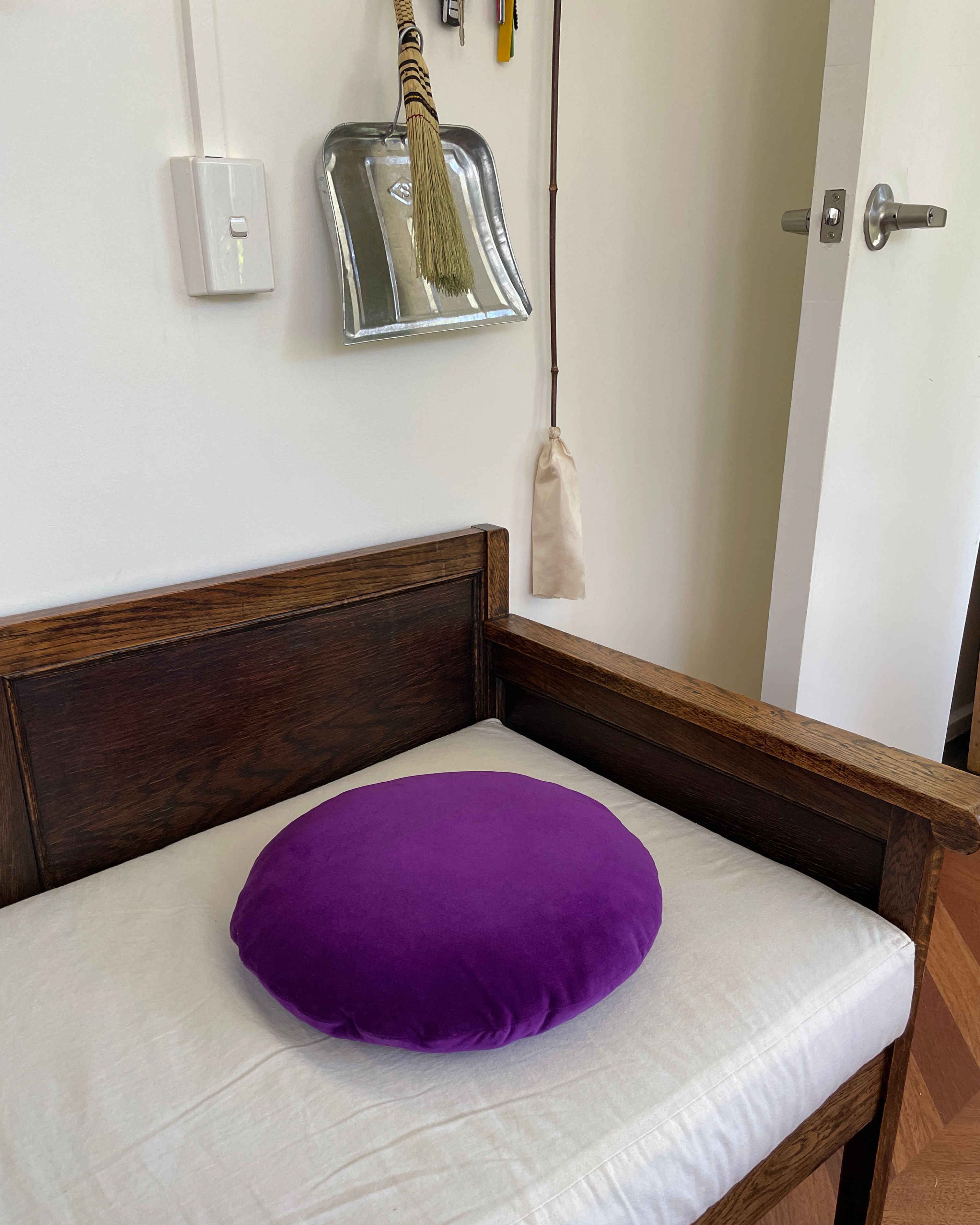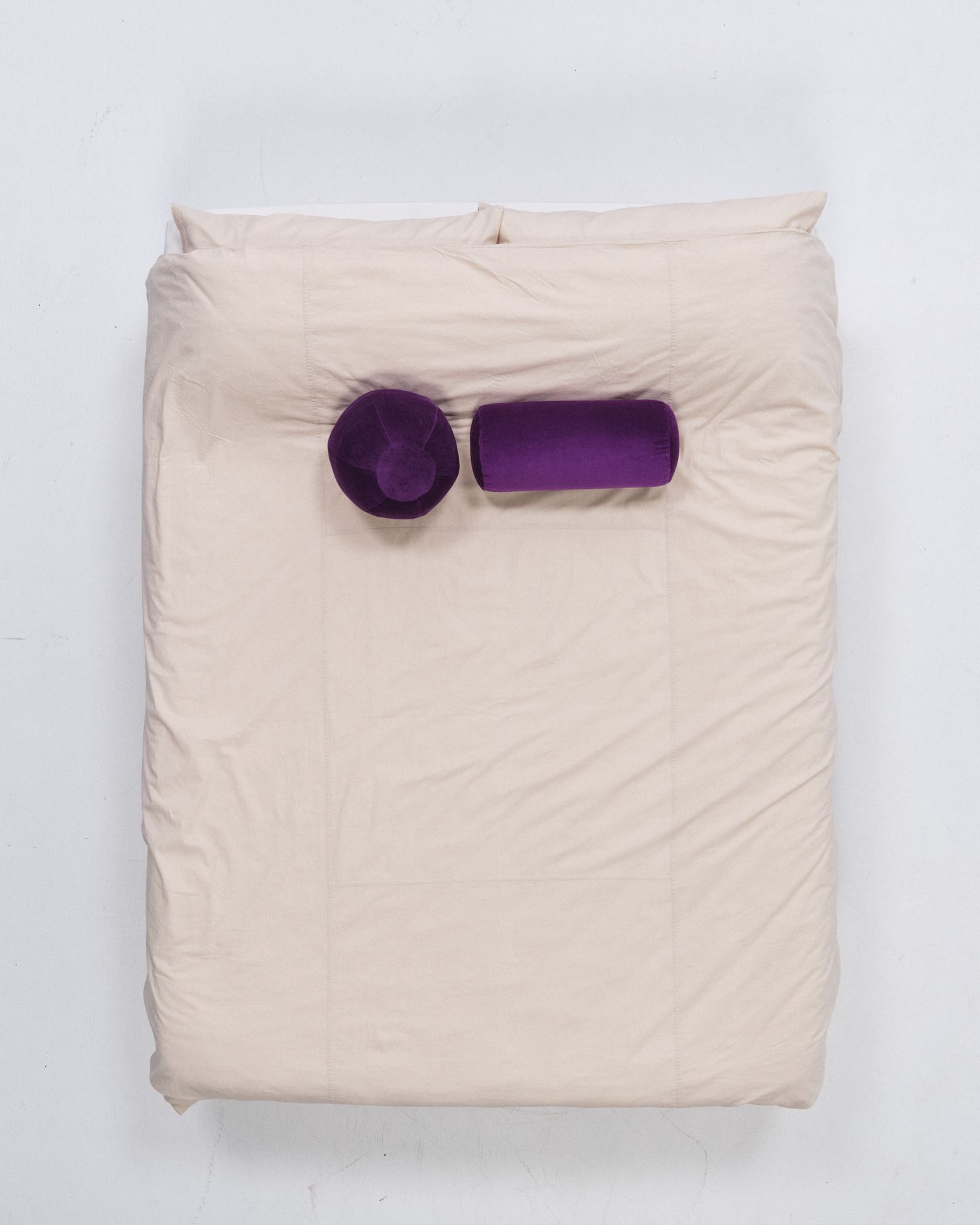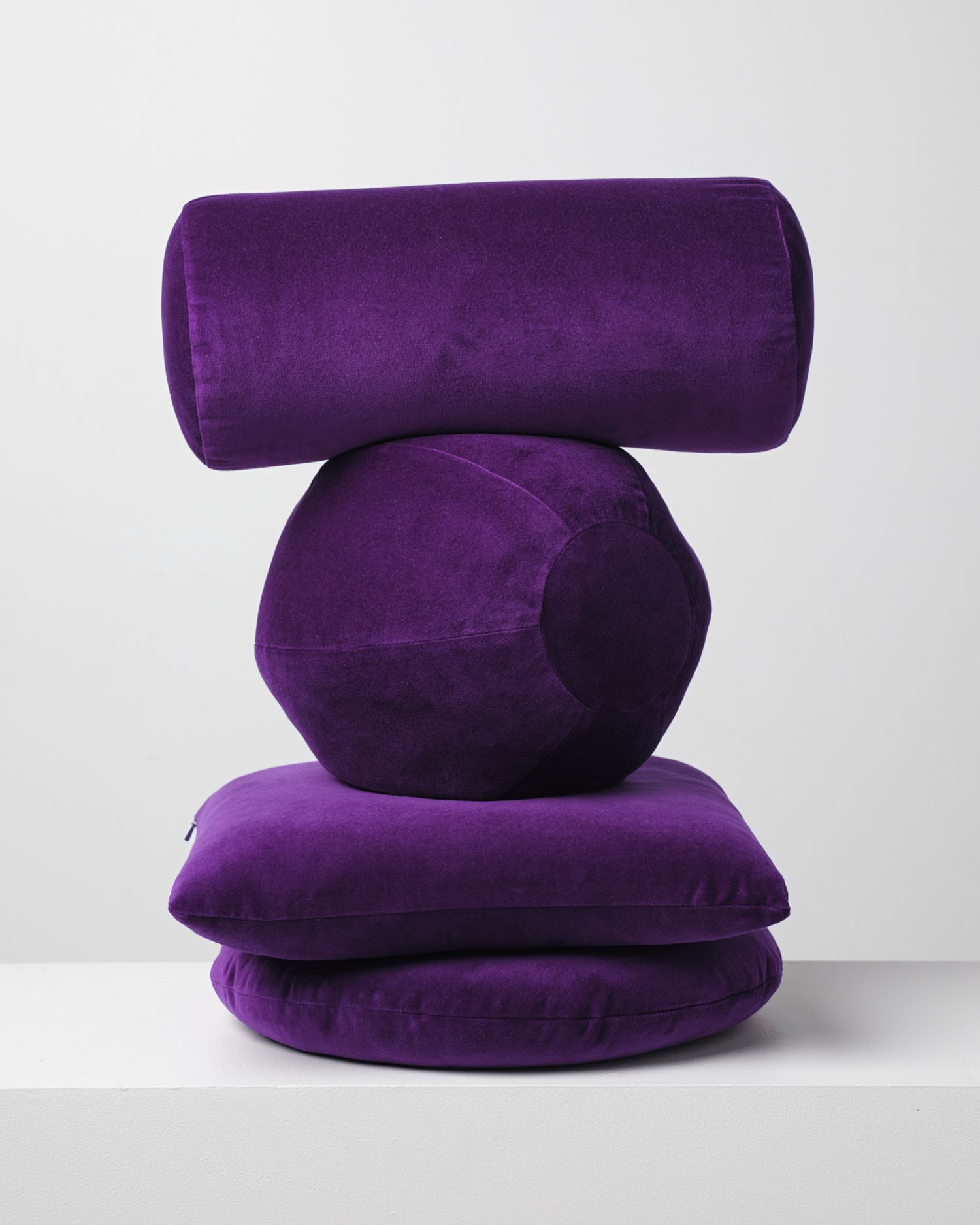Klay Blog
Purple things I saw in Japan that reminded me of our purple cushions
I love the colour purple because it is vibrant, rich, and full of energy. It’s got some strong historical ties to royalty and religion, which is why some people might not be huge fans of it. In the past, purple dye was super expensive and mostly worn by the wealthy or powerful. I know some people these days are snobby about it, a colour to look down on! I don’t really have that connection to it, so I can just enjoy how beautiful and unique it looks. I was skimming through the history of purple on Wikipedia, and it was interesting to see how the colour has been viewed and used throughout time.
I saw purple a lot in Japan. Of course in temples, but also in modernist architecture, train stations & on trains, as carpet, noren curtains and grapes. Below are photos of some of the purple things I saw in Japan that reminded me of our Iris Purple Cushions.
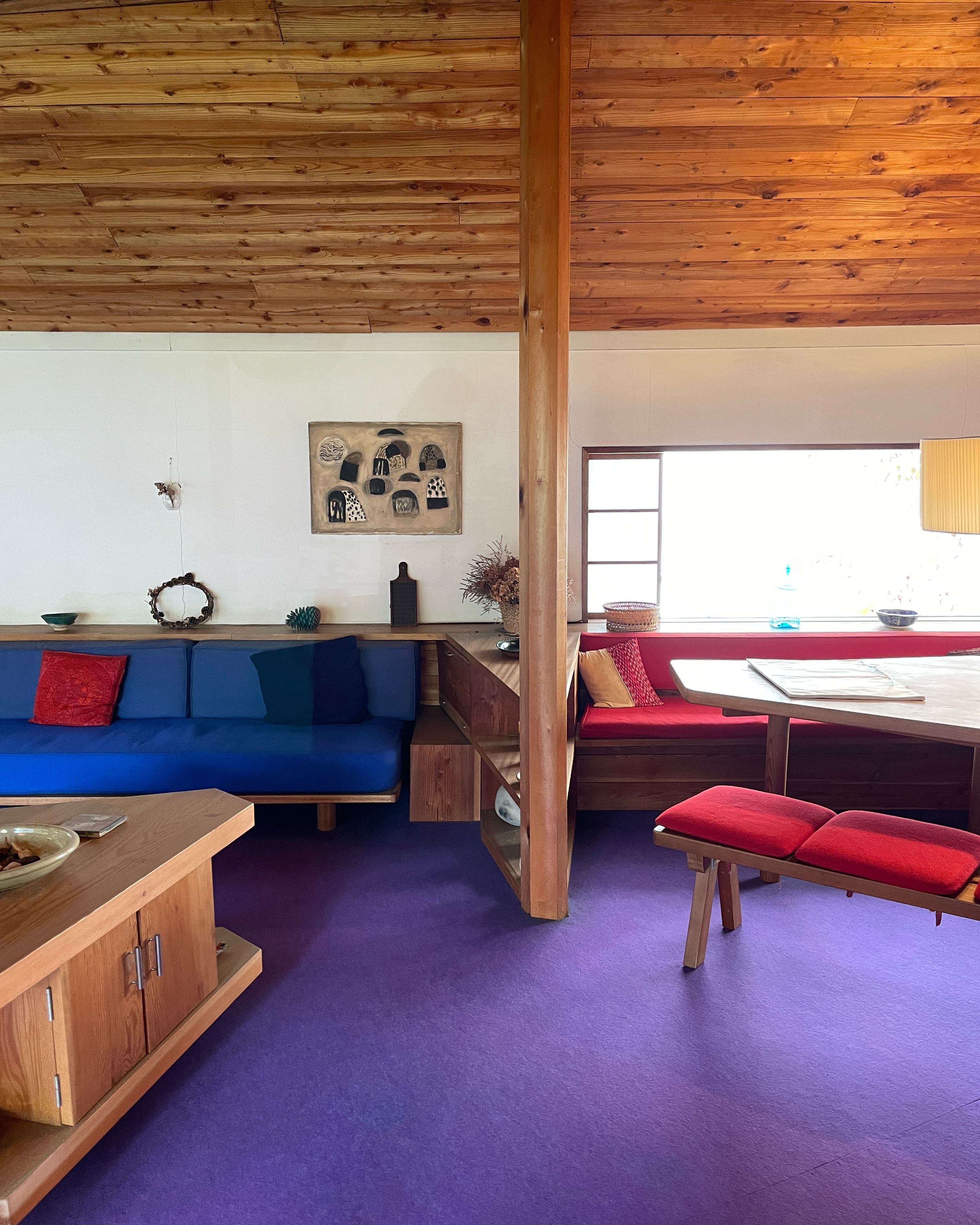
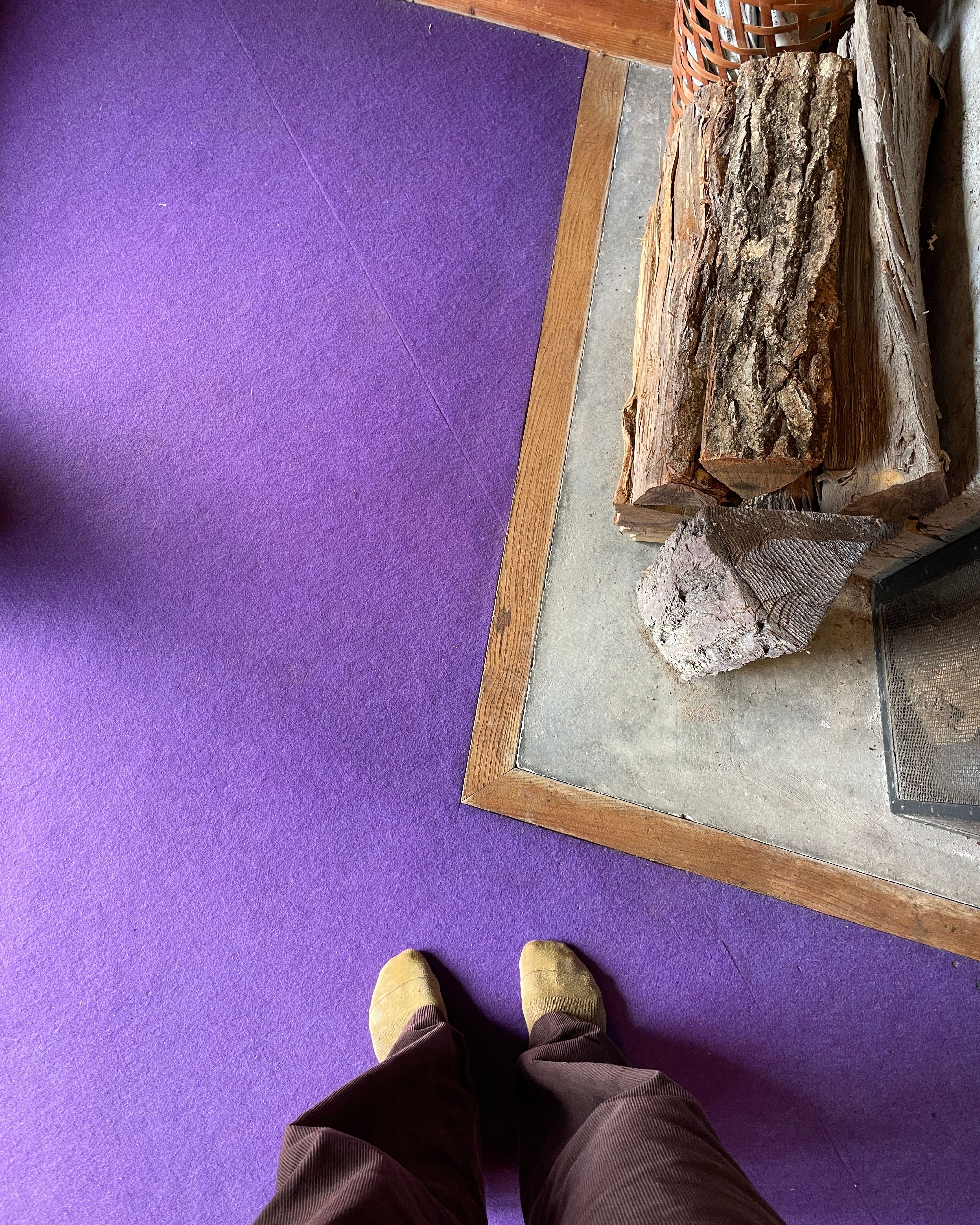
My favourite purple thing in Japan we saw, is probably the carpet inside the Wakita Villa by Junzo Yoshimura, built in 1970. We got to visit this house & artist studio in Japan. We booked (via a local friend helping us to fax applications) to go on one of the very rare tours where they open it to the public. The purple carpet was a fun surprise.
This Villa is located inside 'Wakita Museum of Art' (open all the time), but the actual Villa and seeing inside is only open once a year to the public and has to be pre arranged/ booked (by fax) 📠 I had a local friend help us. It was complicated to book. The website we found the contact form is now out of date. If you want to visit the villa - I suggest email the staff at Wakita Museum of Art & ask when the Villa open days are.
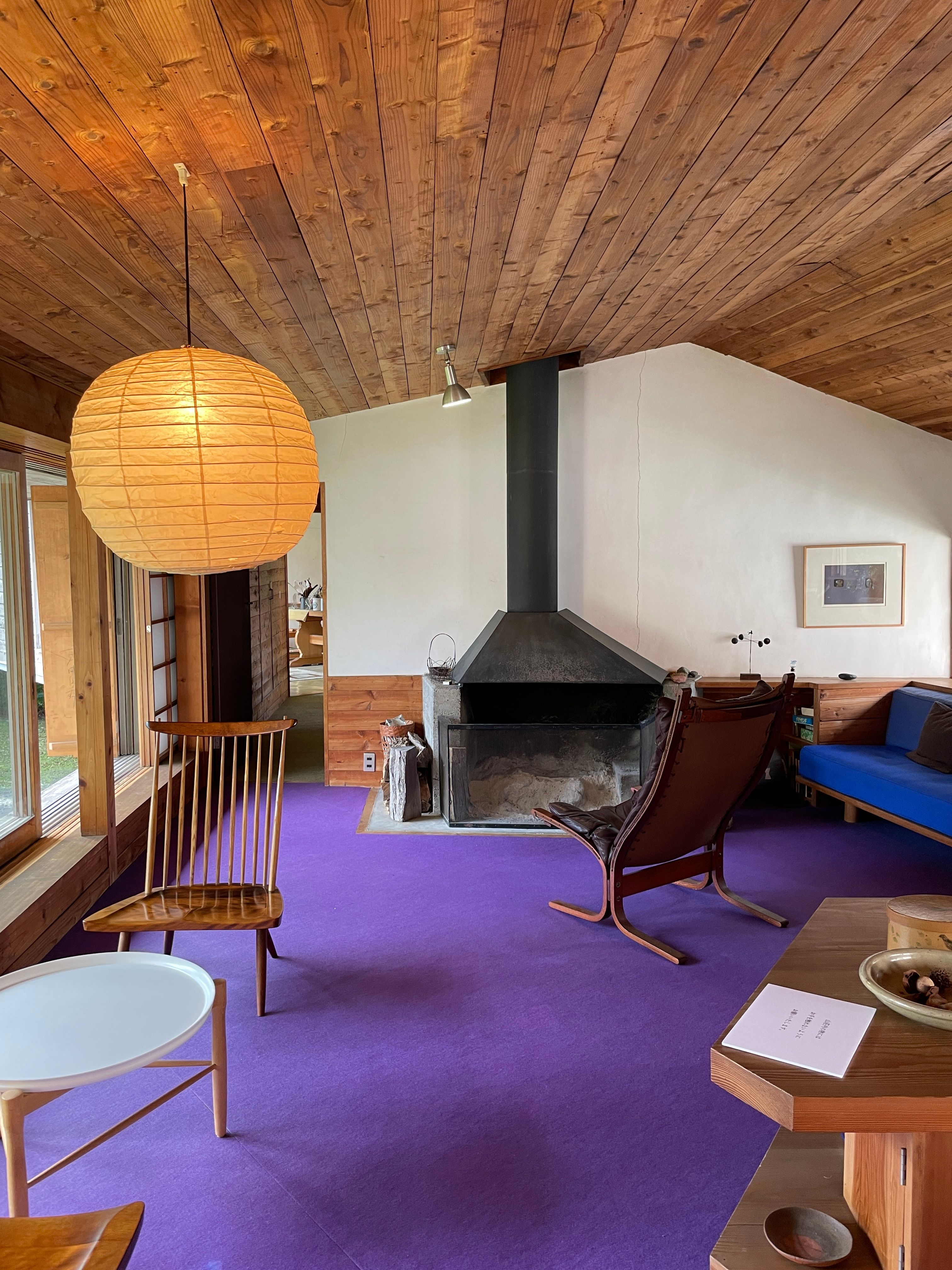
A few pretty purple noren curtains
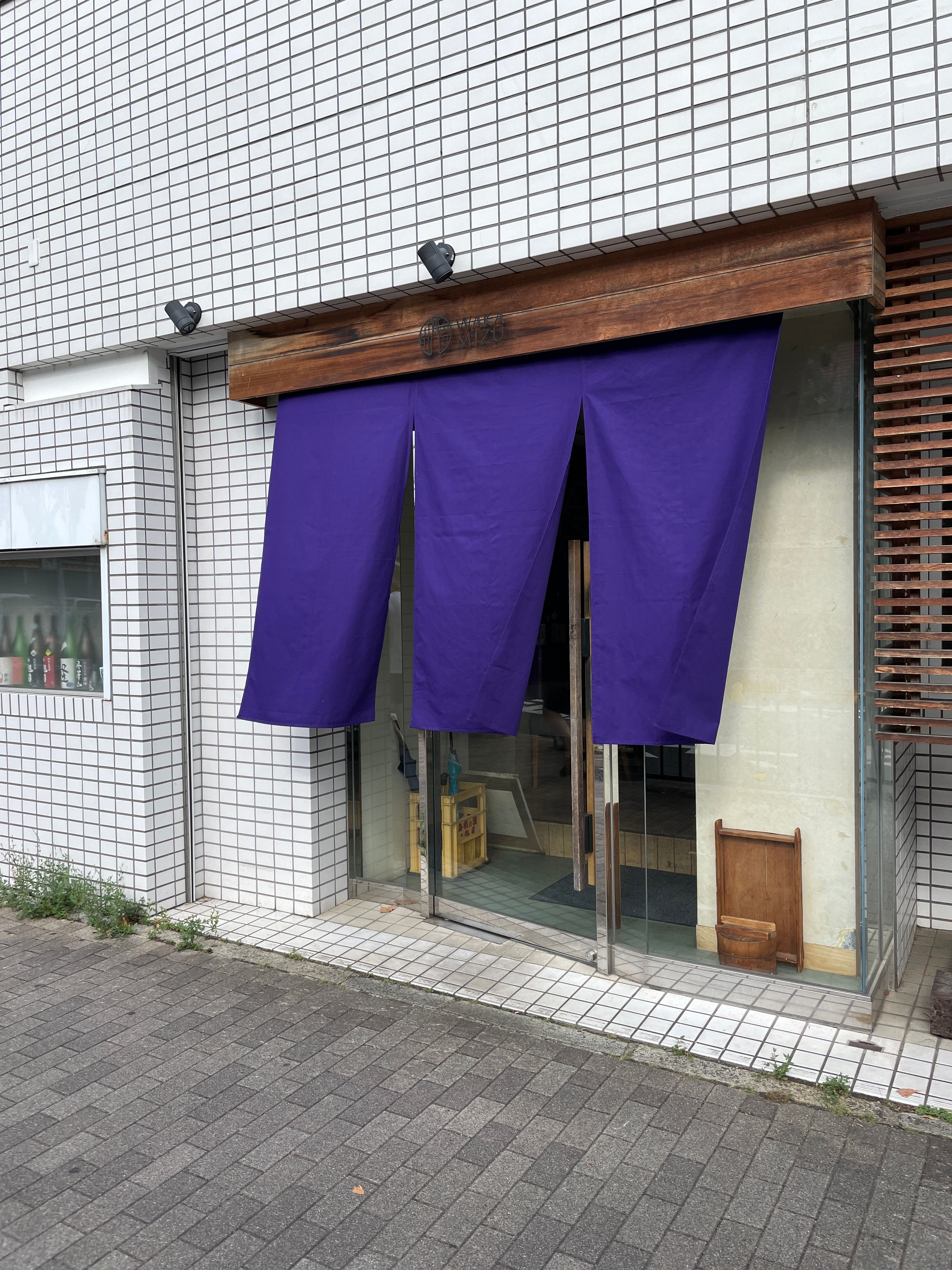
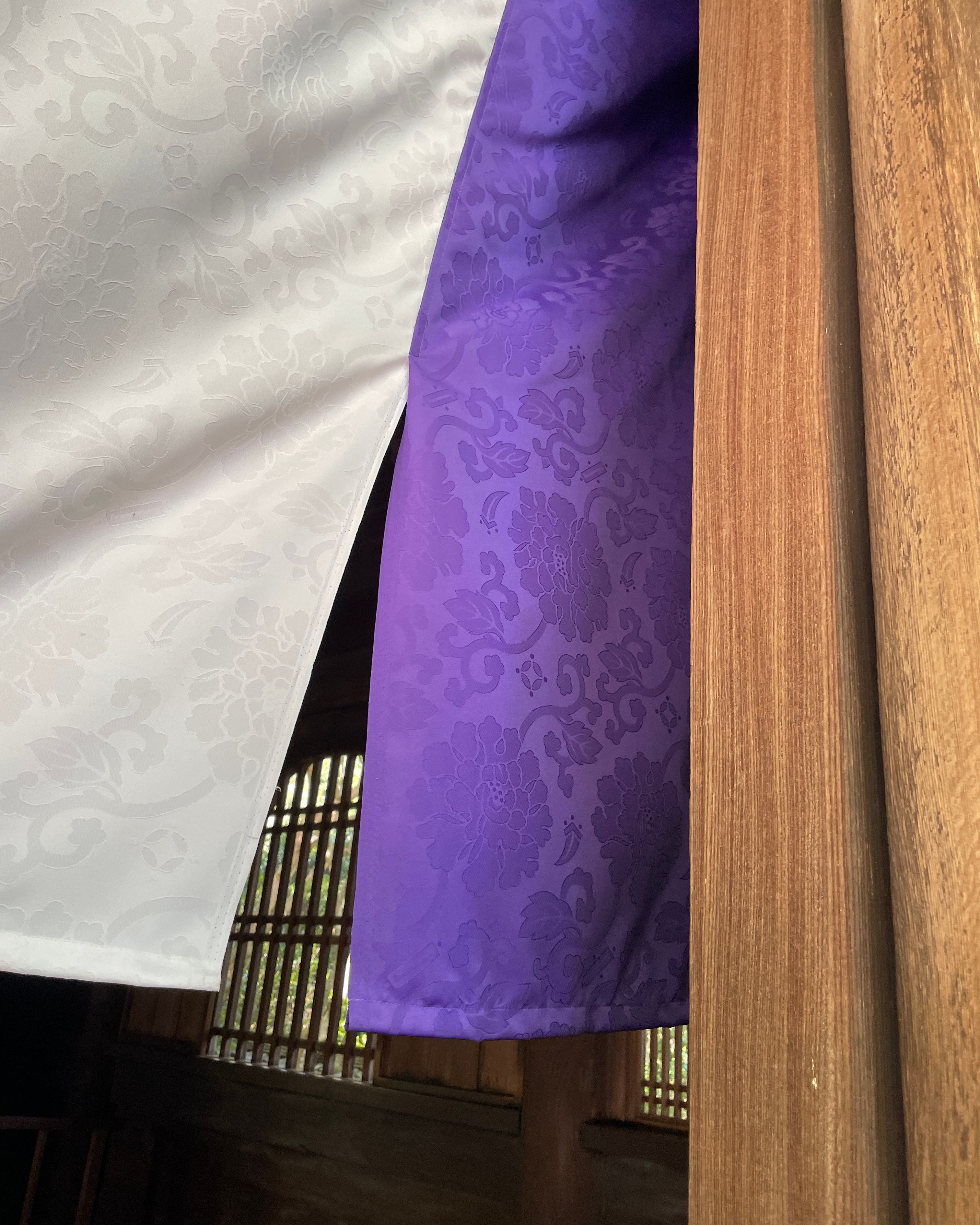
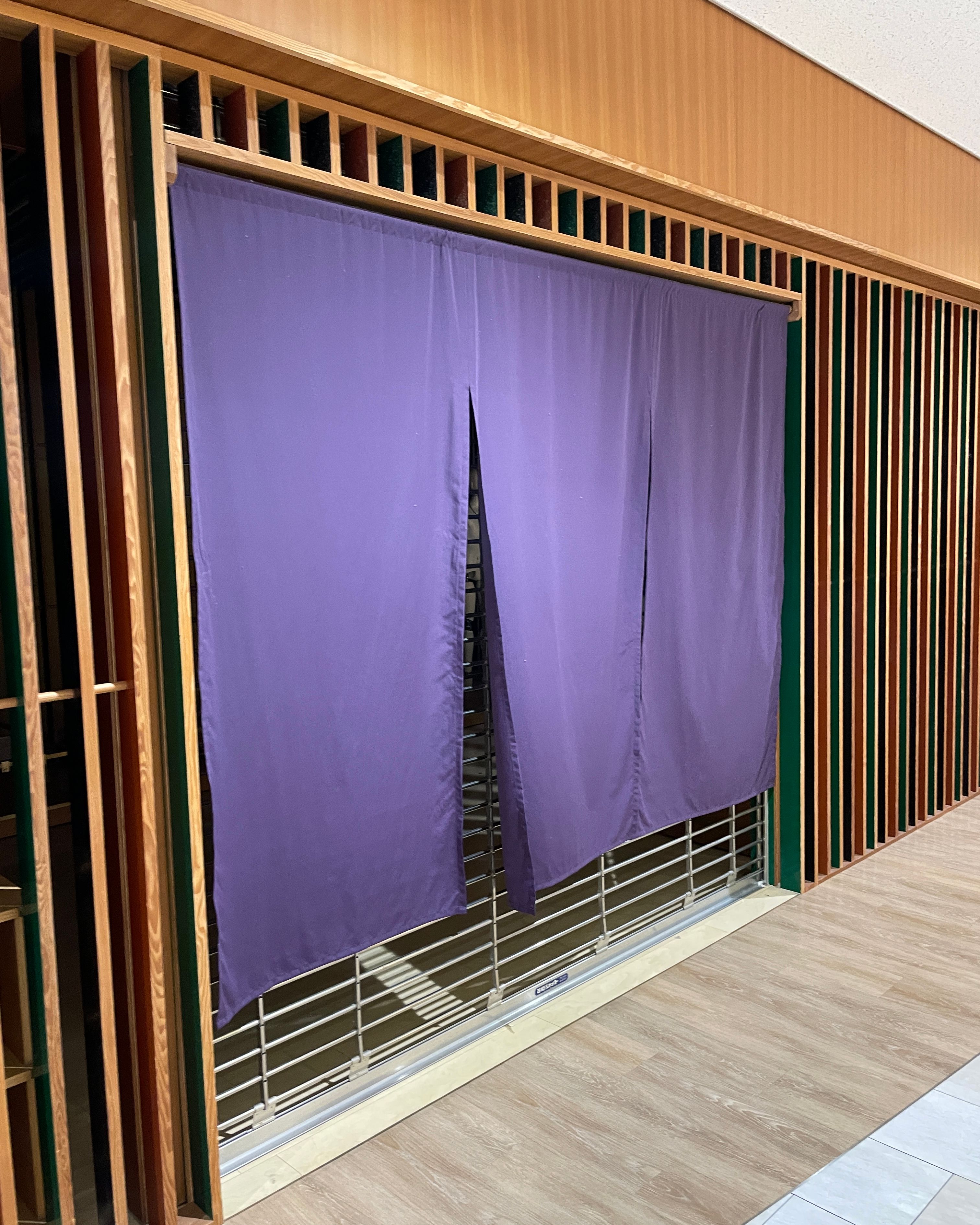
Purple Eames chair on Naoshima Island
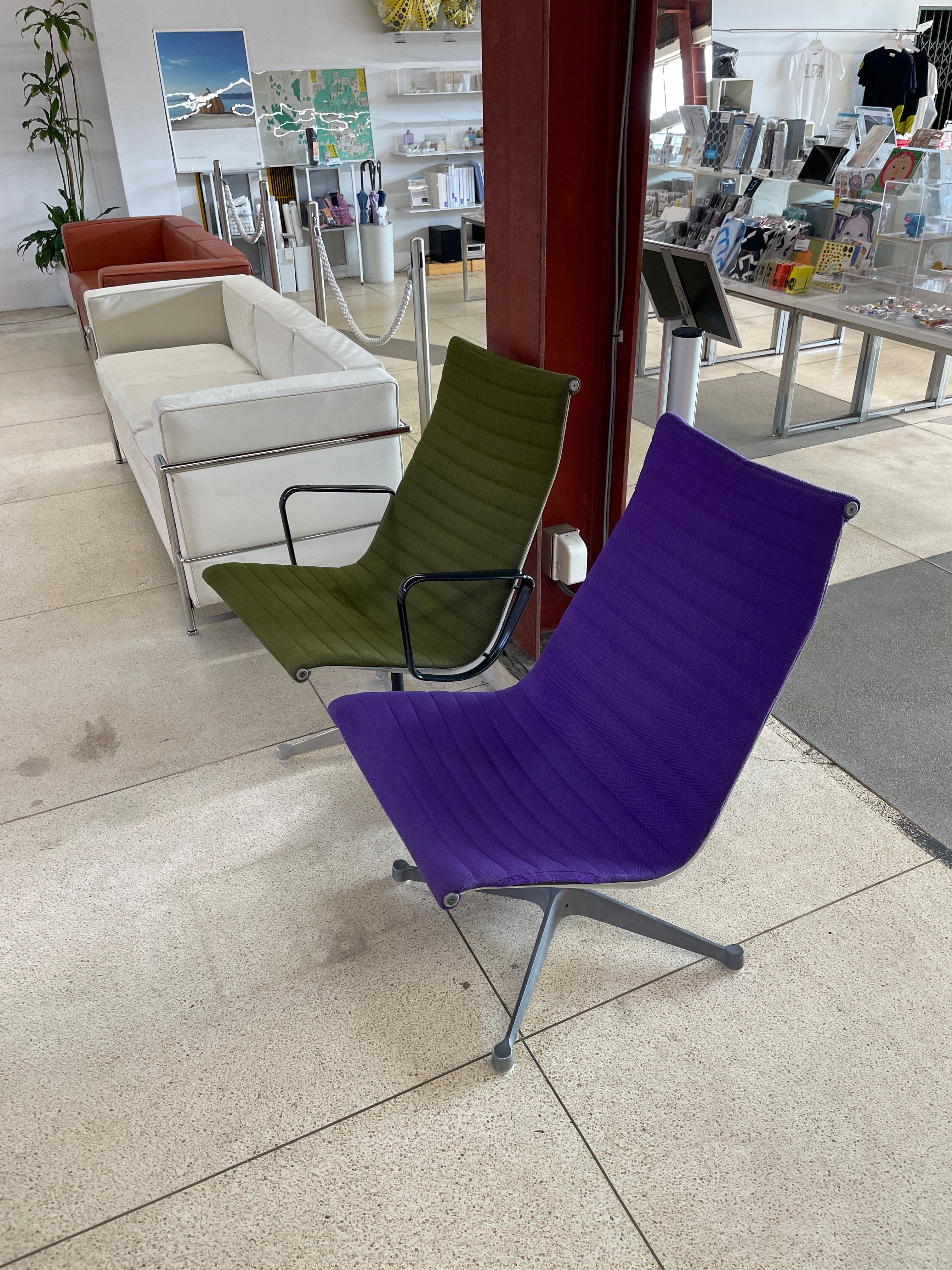
I would often see purple at temples - cloths, floor cushions or mats.
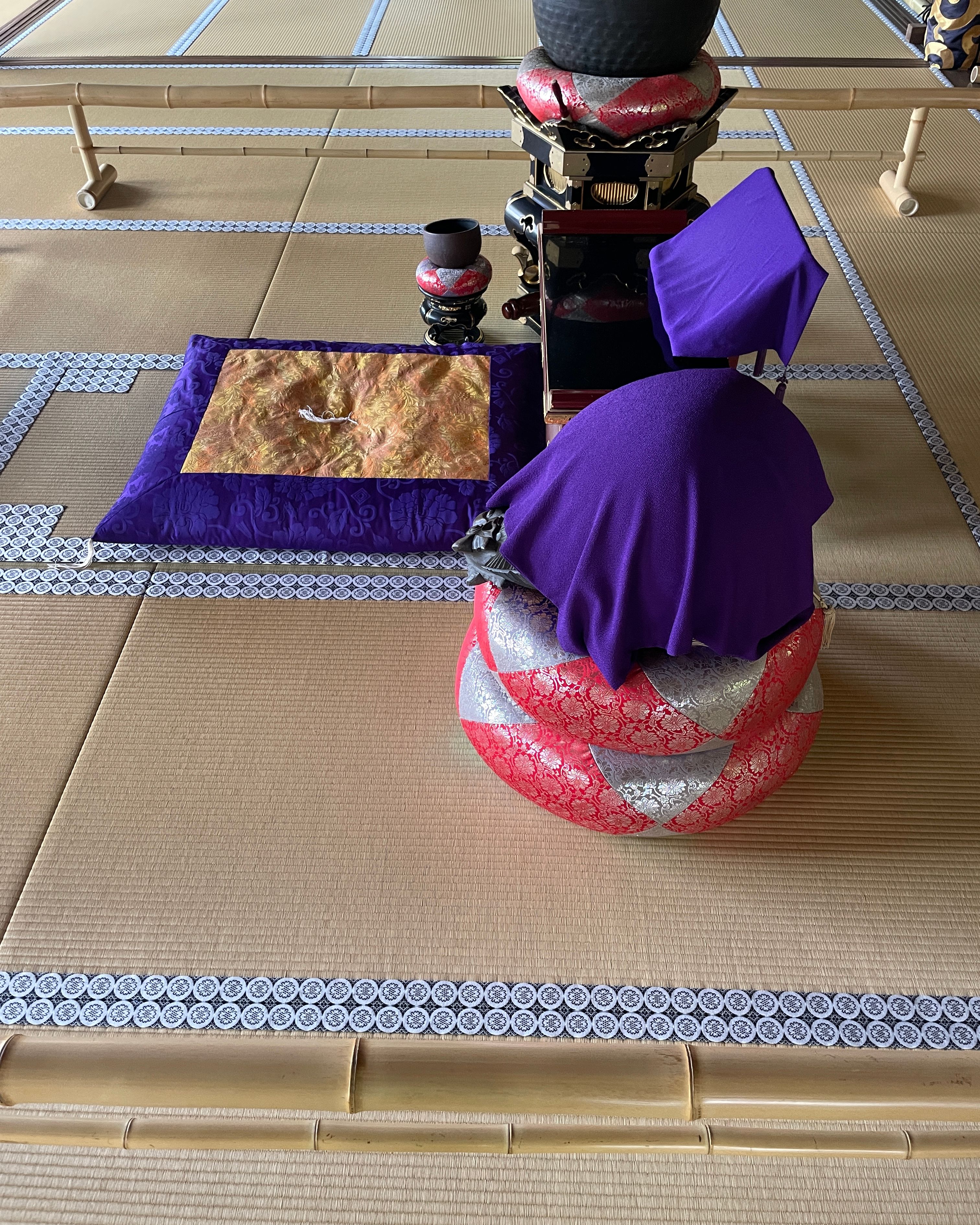
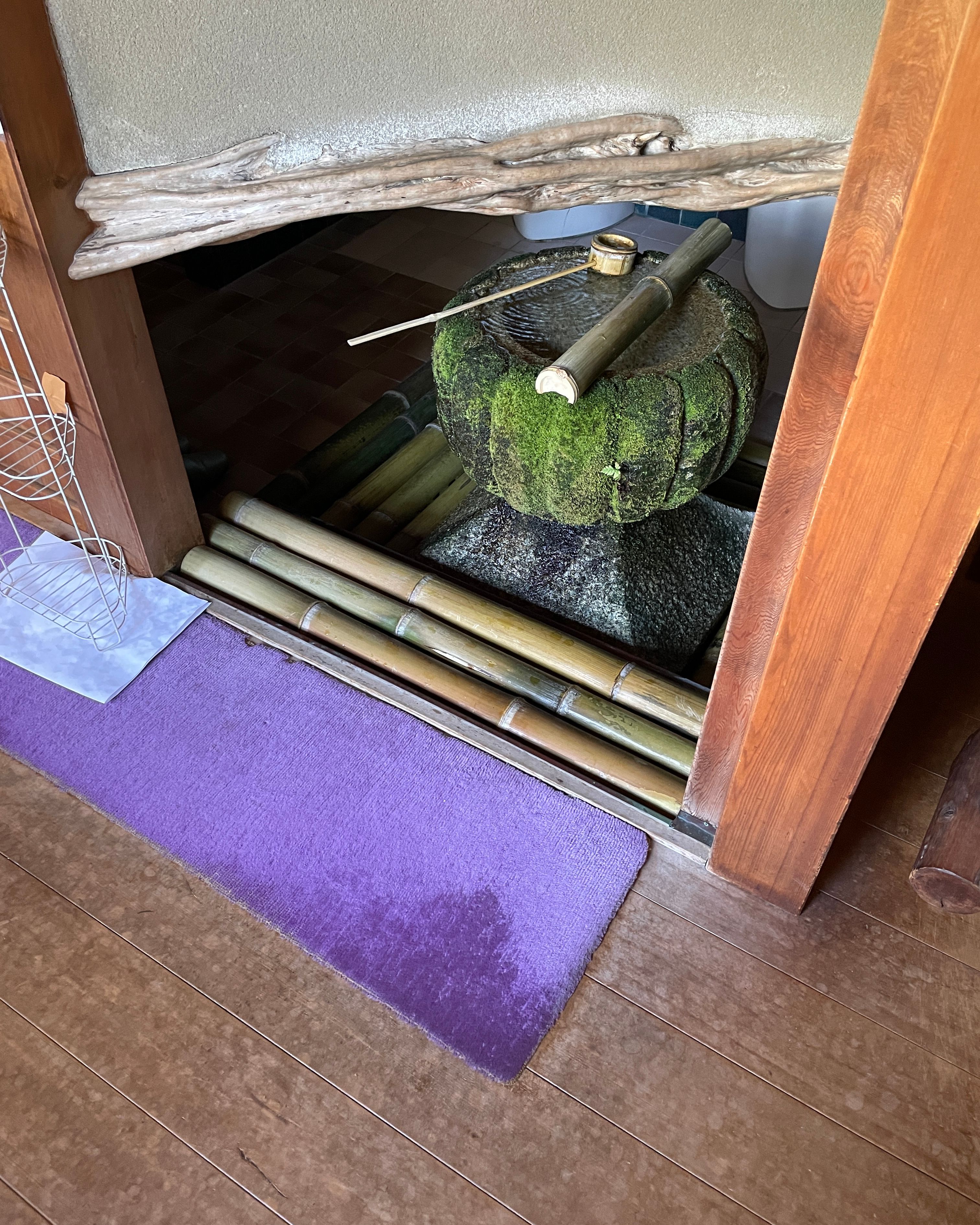
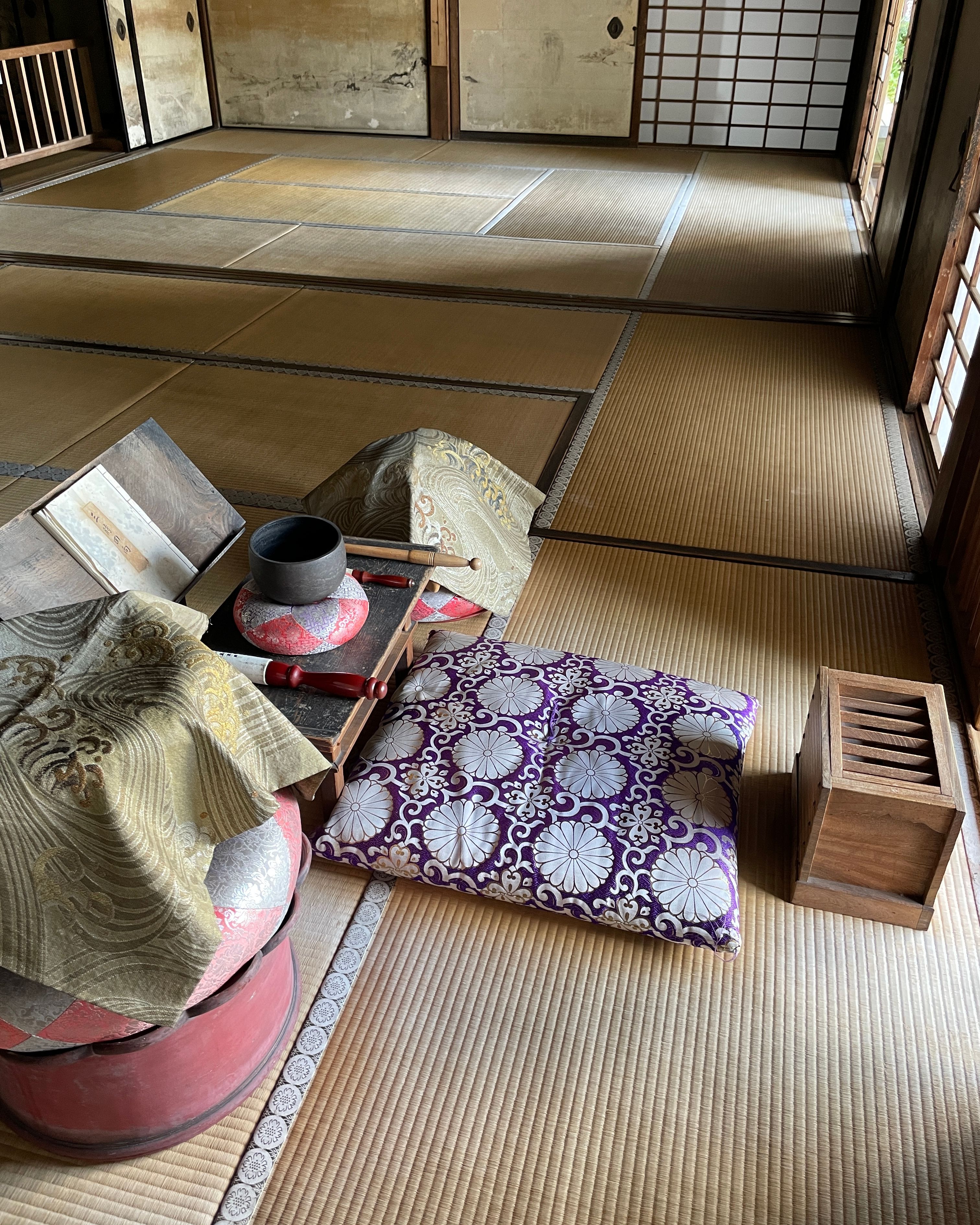
Cute grape juice packaging from muji
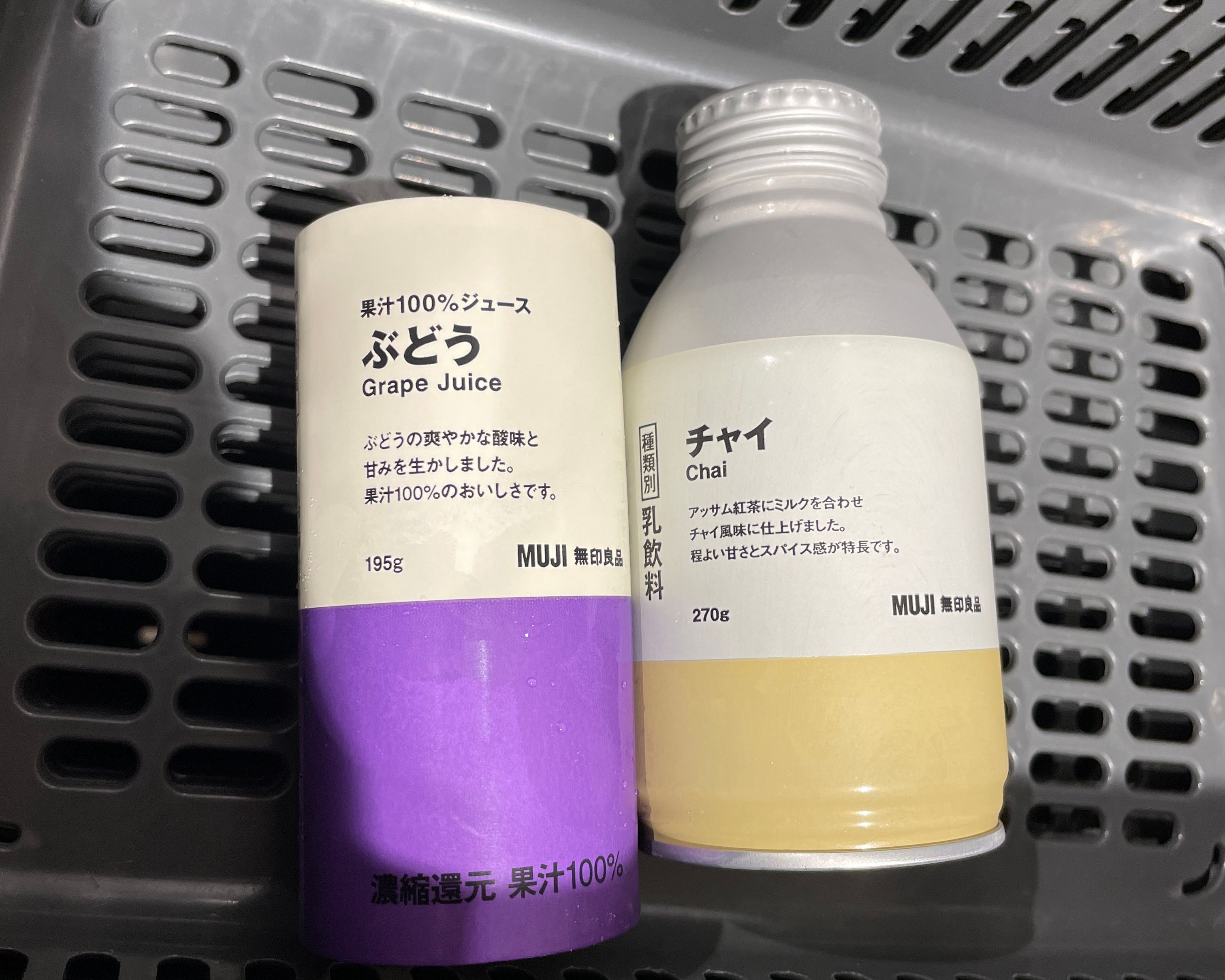
And the grapes themselves felt extra purple. Maybe it was the packaging.
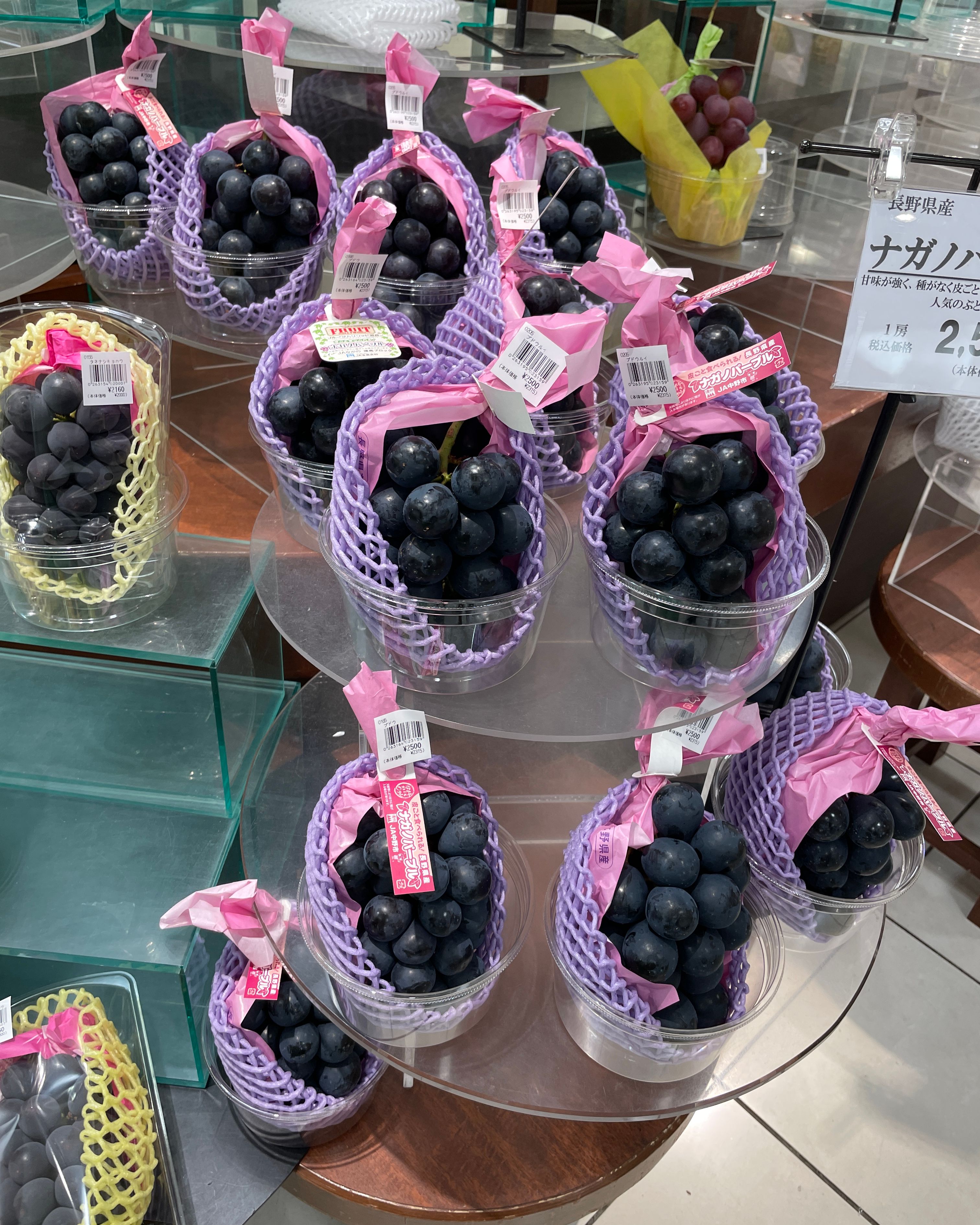
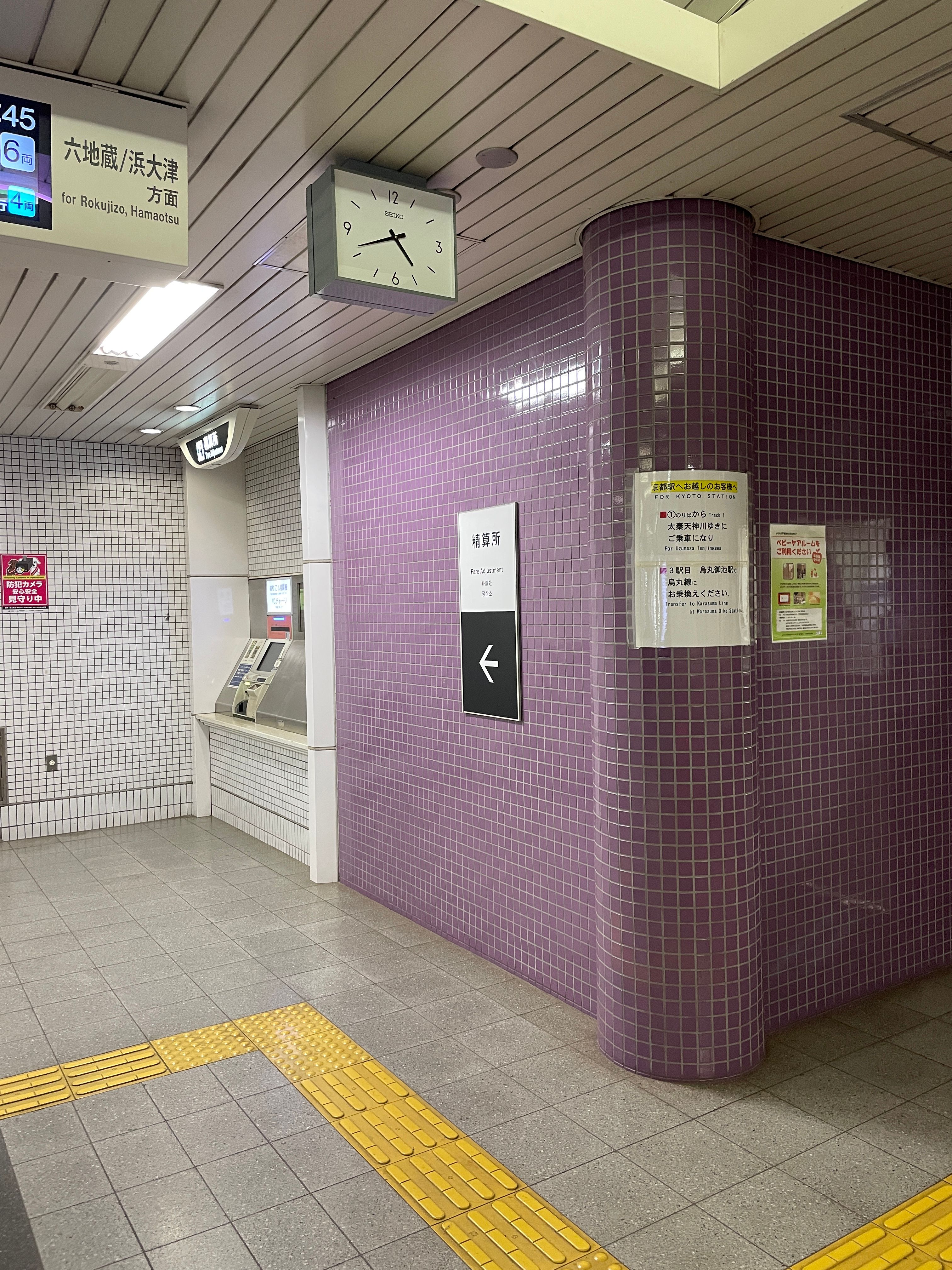
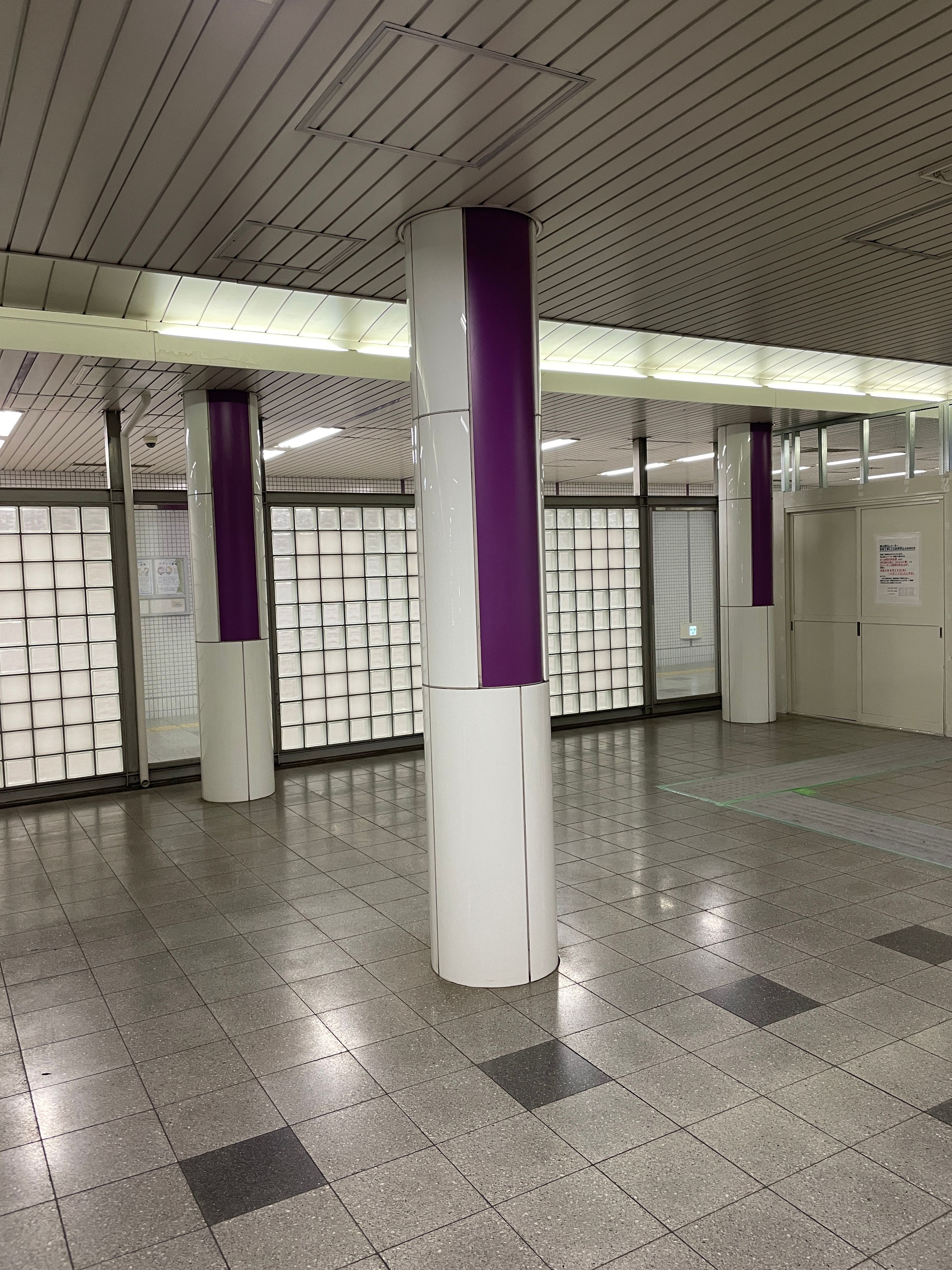
Purple at train stations and the airport
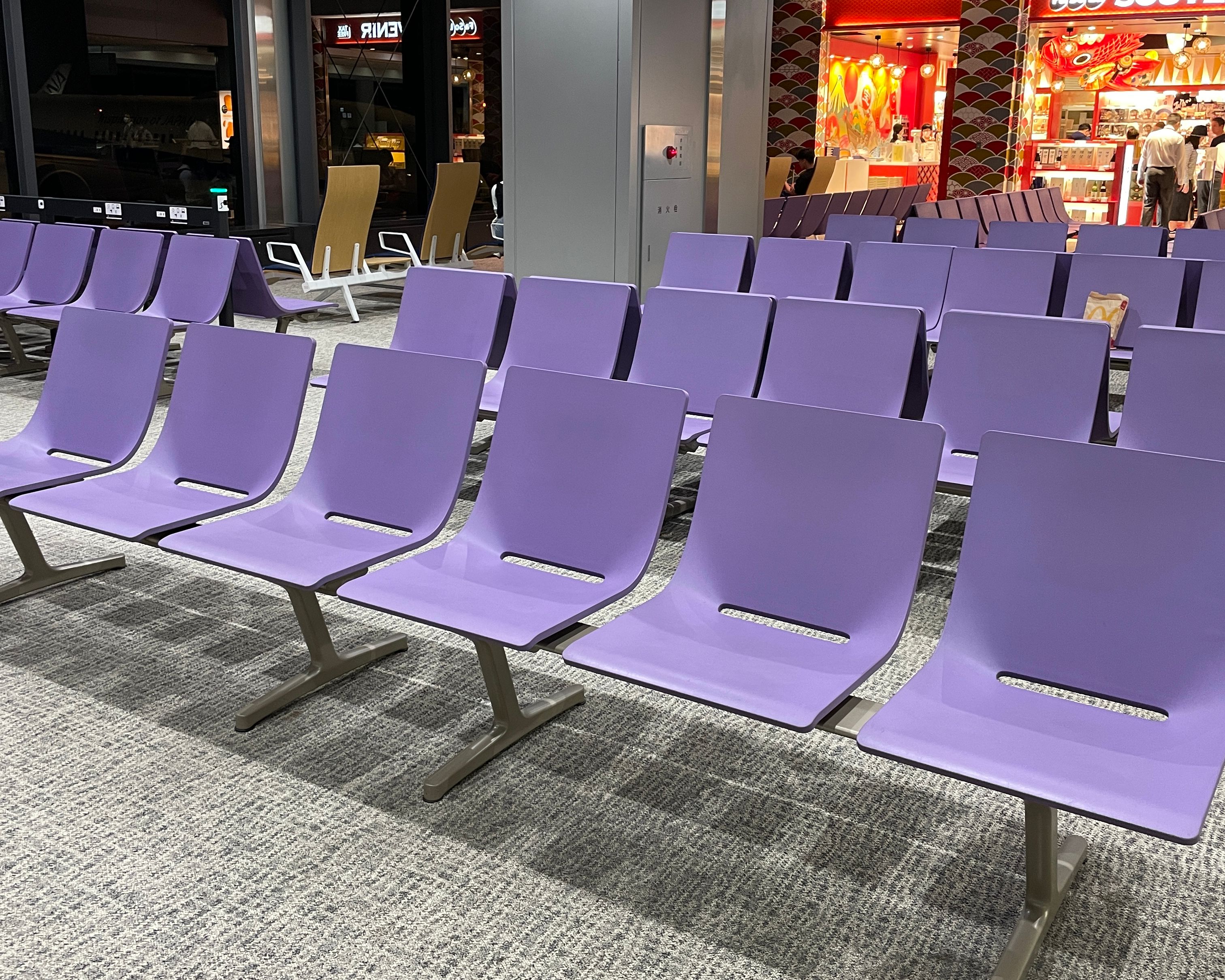
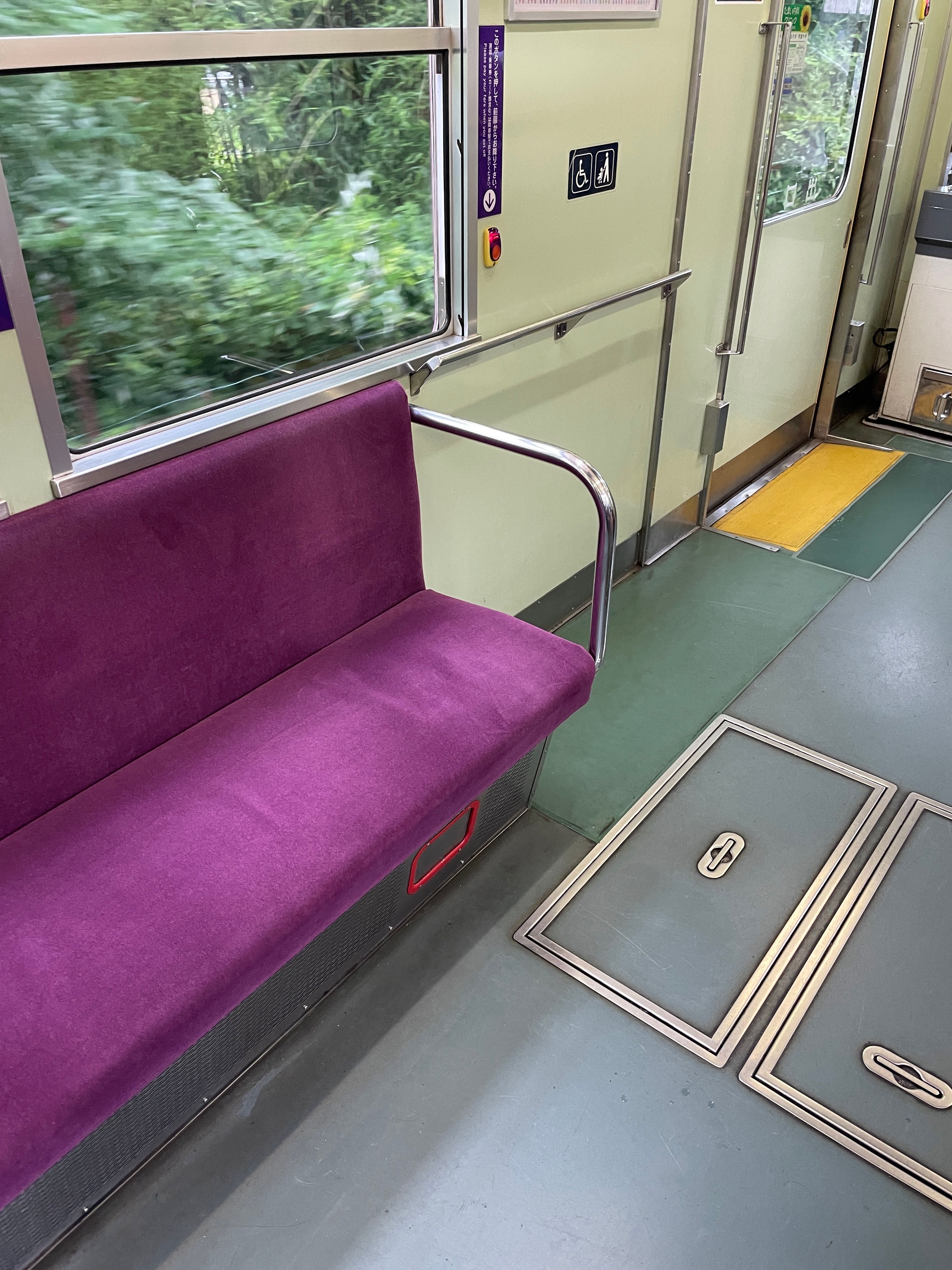

Even trains themselves & seats on some trains too <3

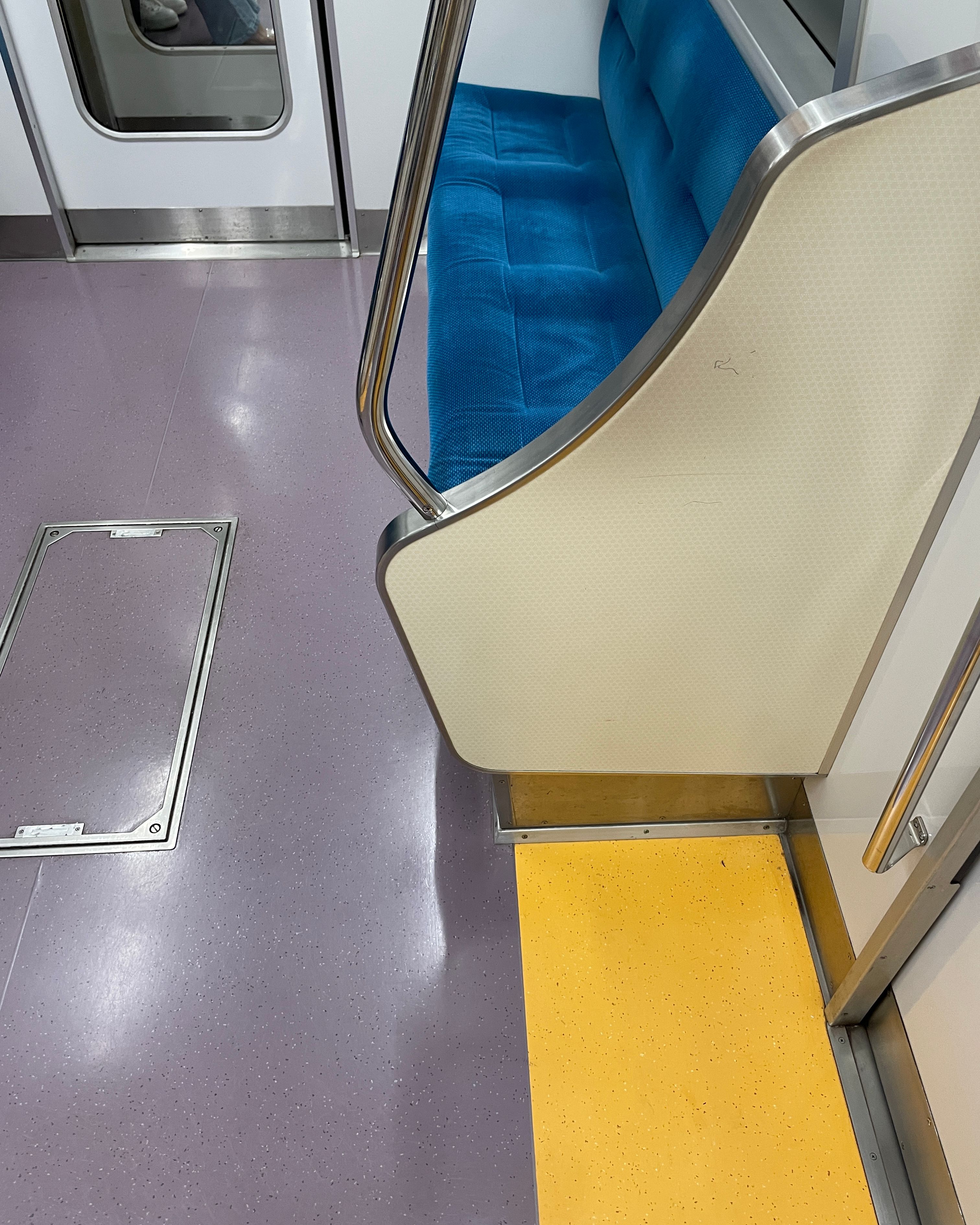
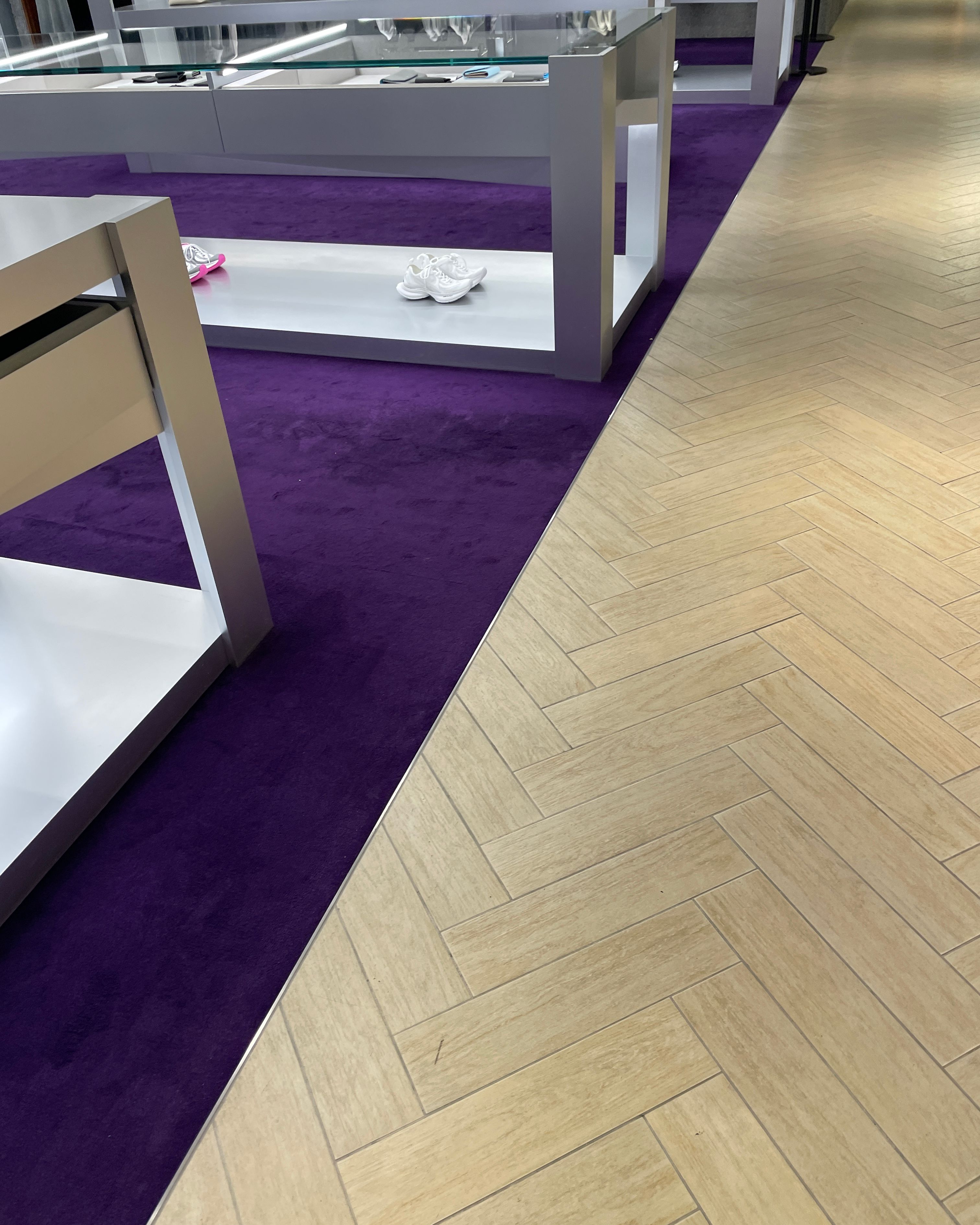
Purple floors & awnings
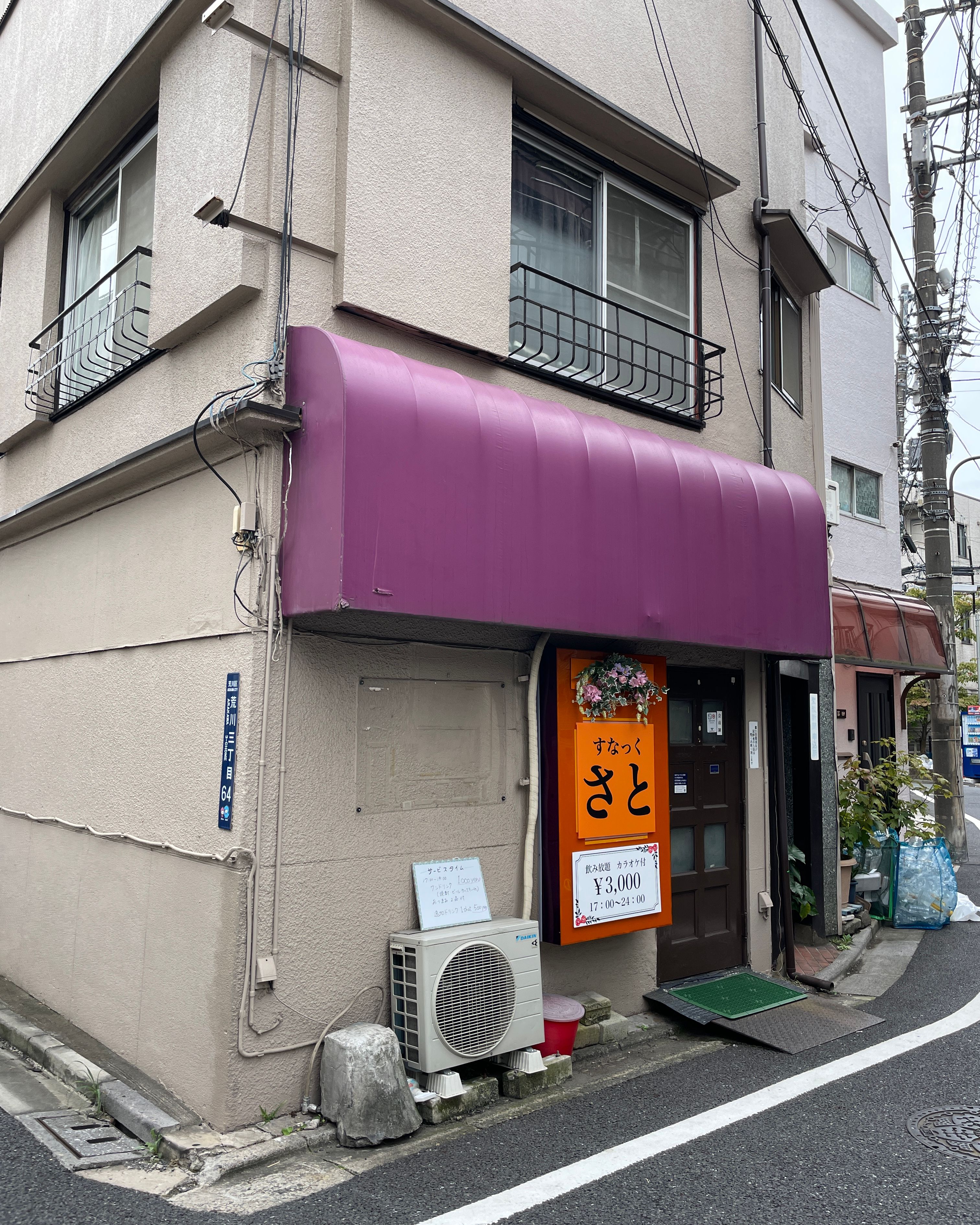
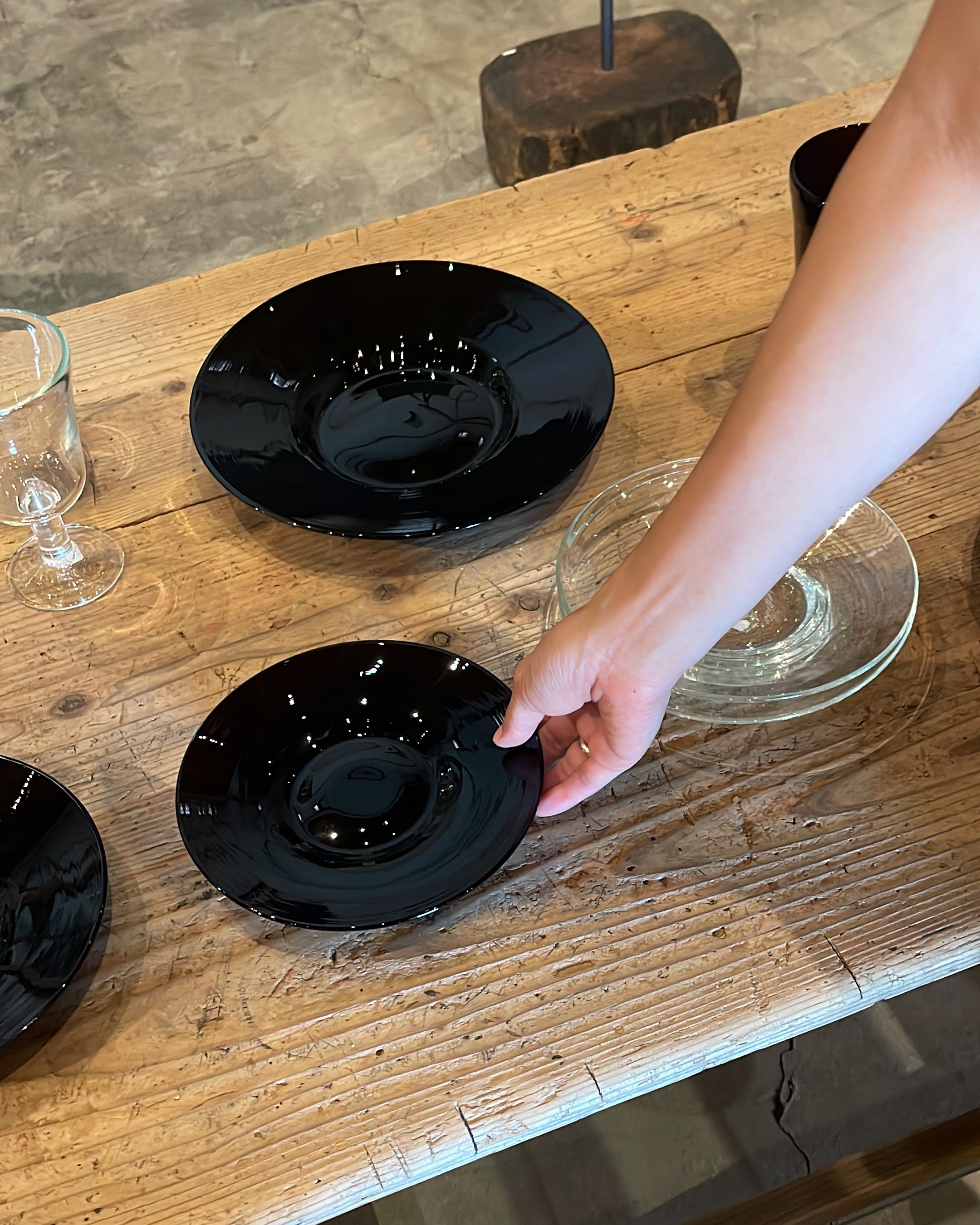
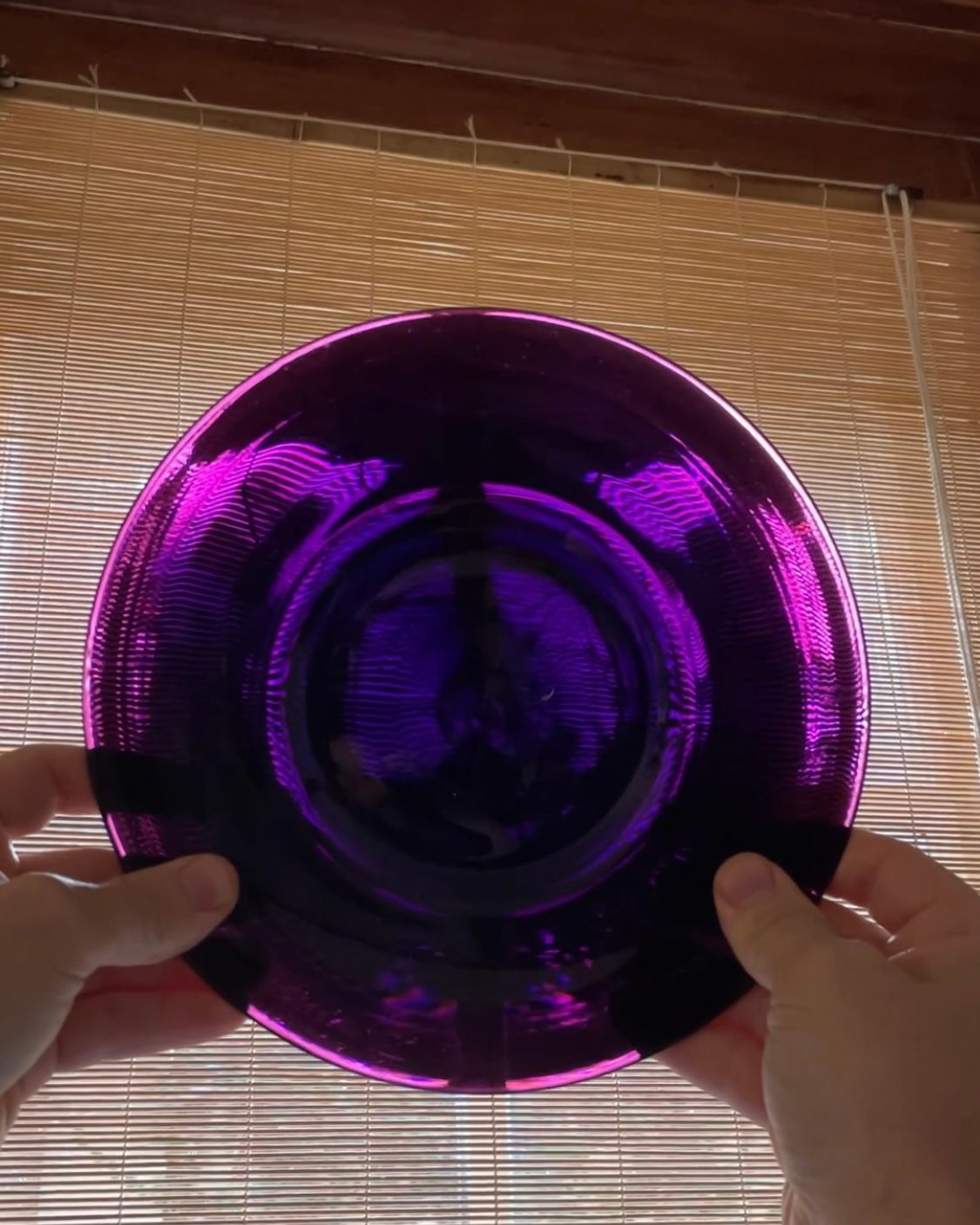
We travelled to Mashiko. There we visited a beautiful shop called Pejite. They sold these incredible handmade/ handblown purple glass plates. They look black until held up to the light, you see they are made from an intense purple glass.
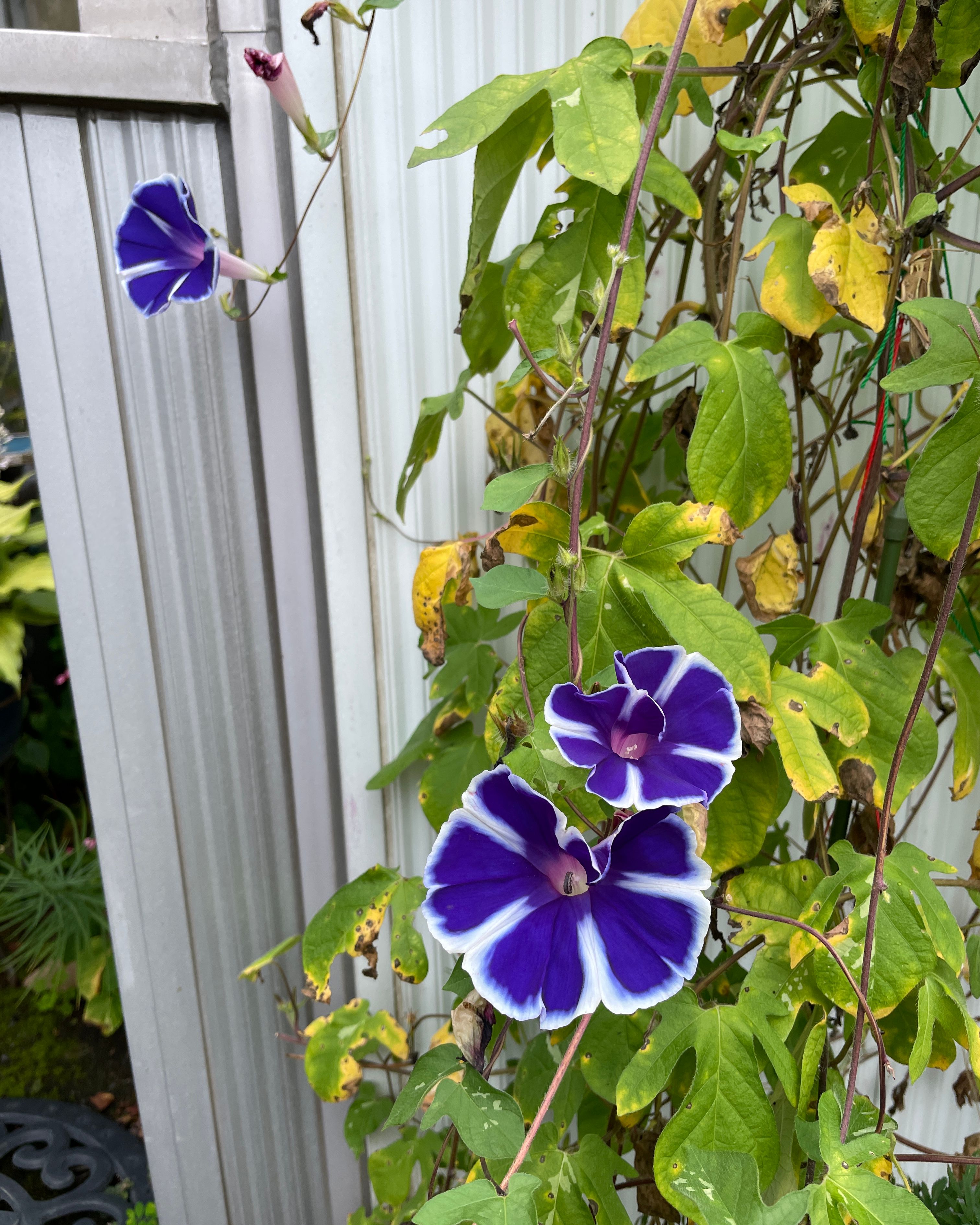
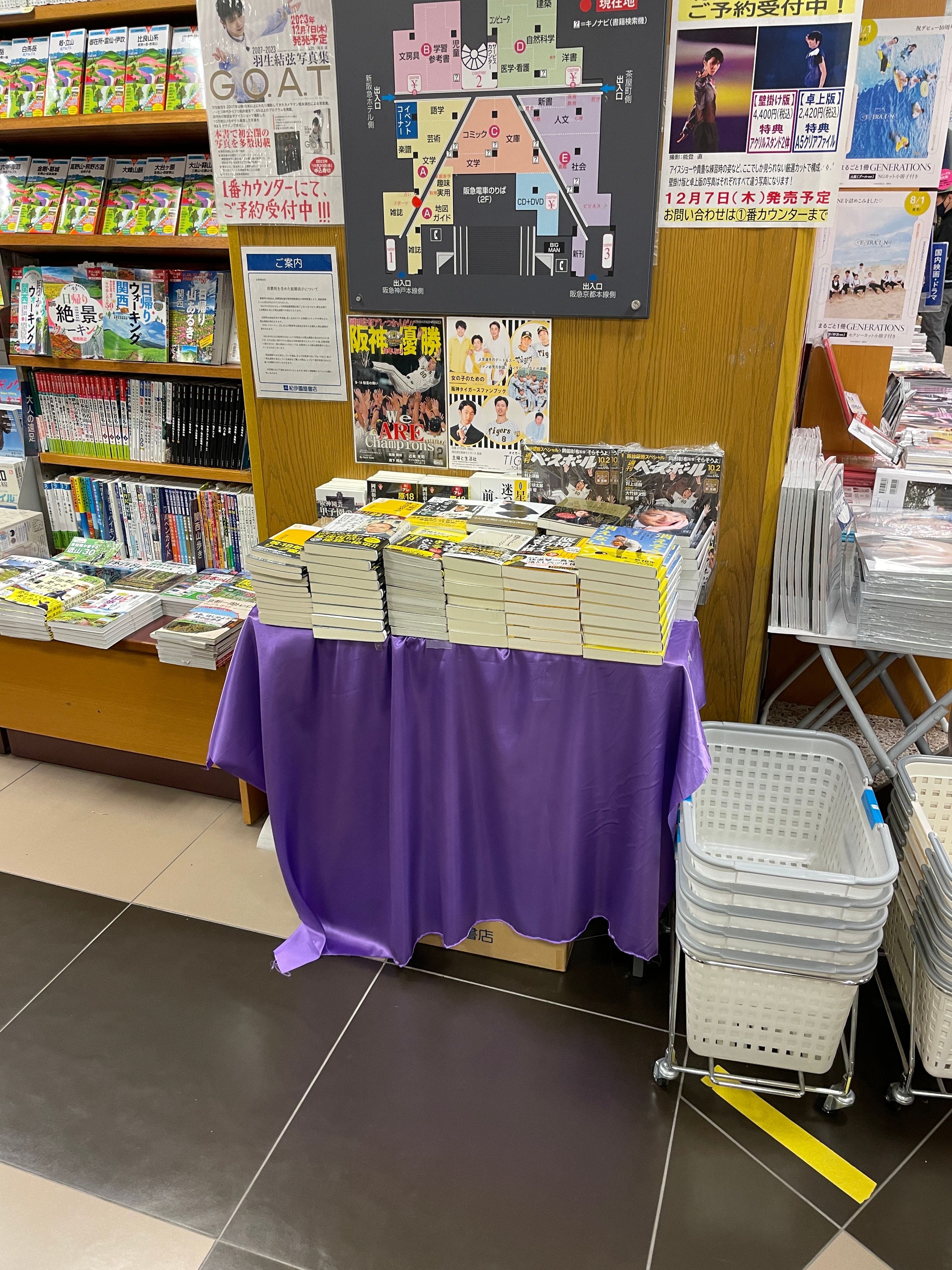
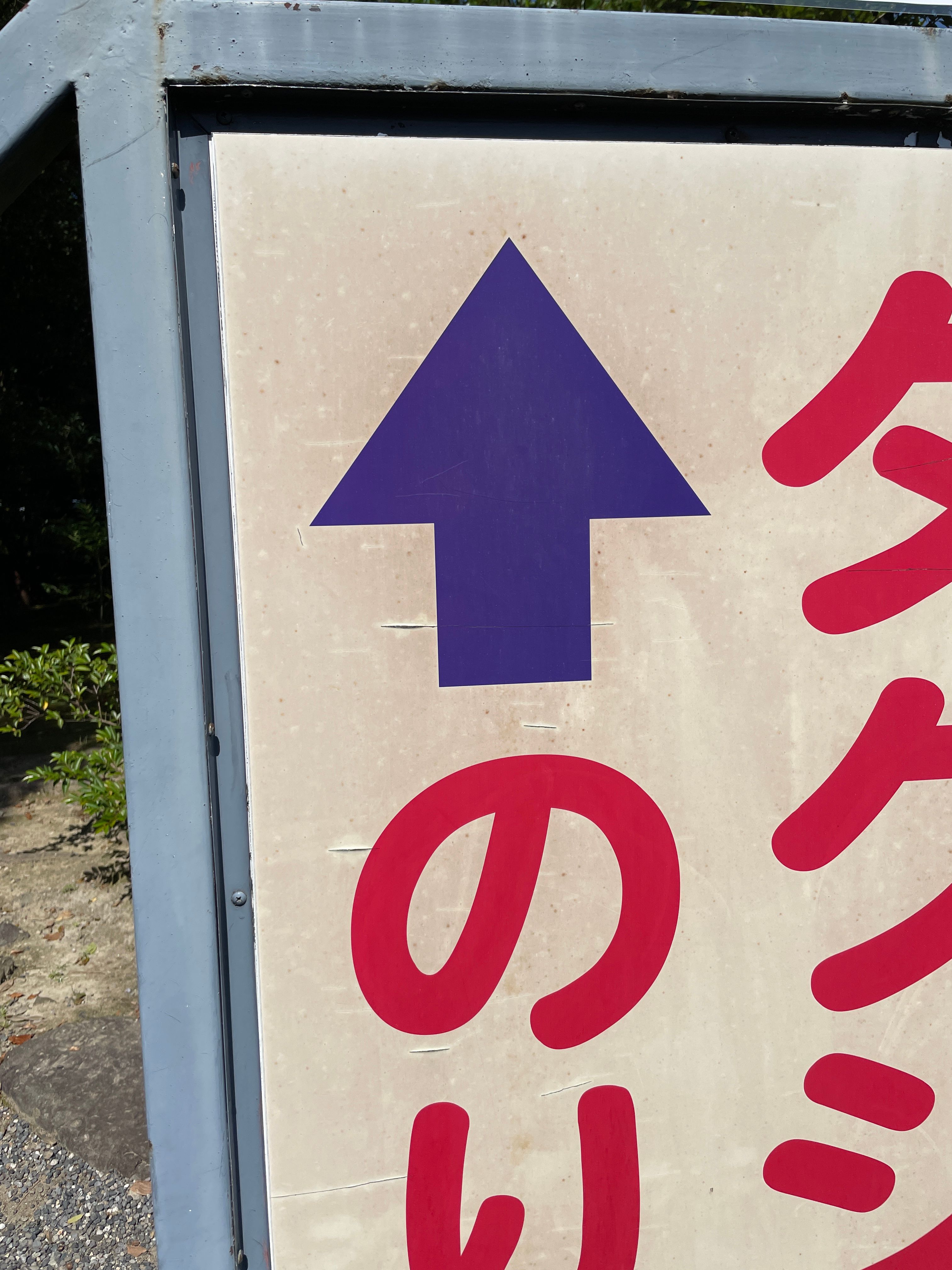
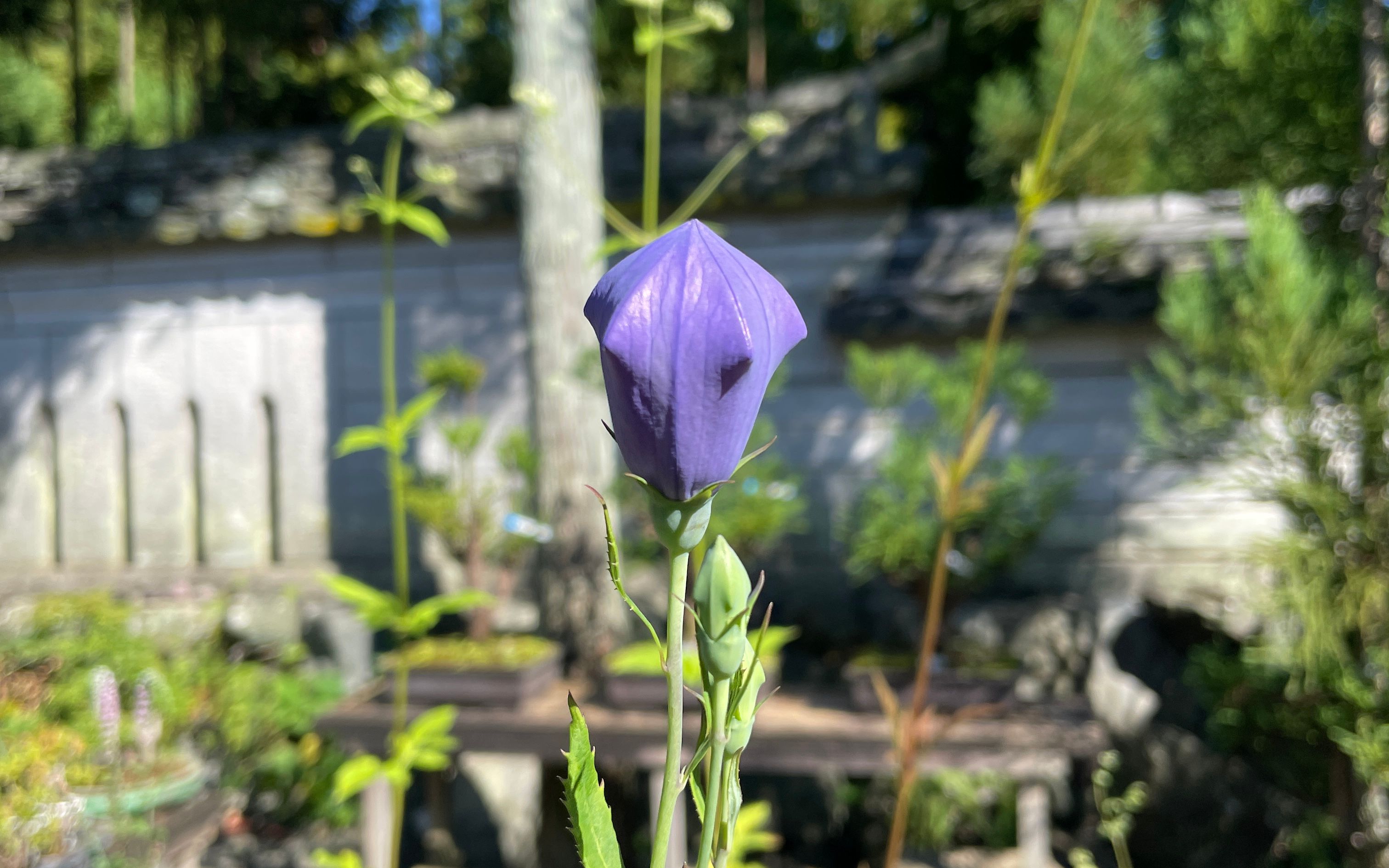
Whenever I saw these purple things it reminded me of our Iris Purple Velvet Cushions
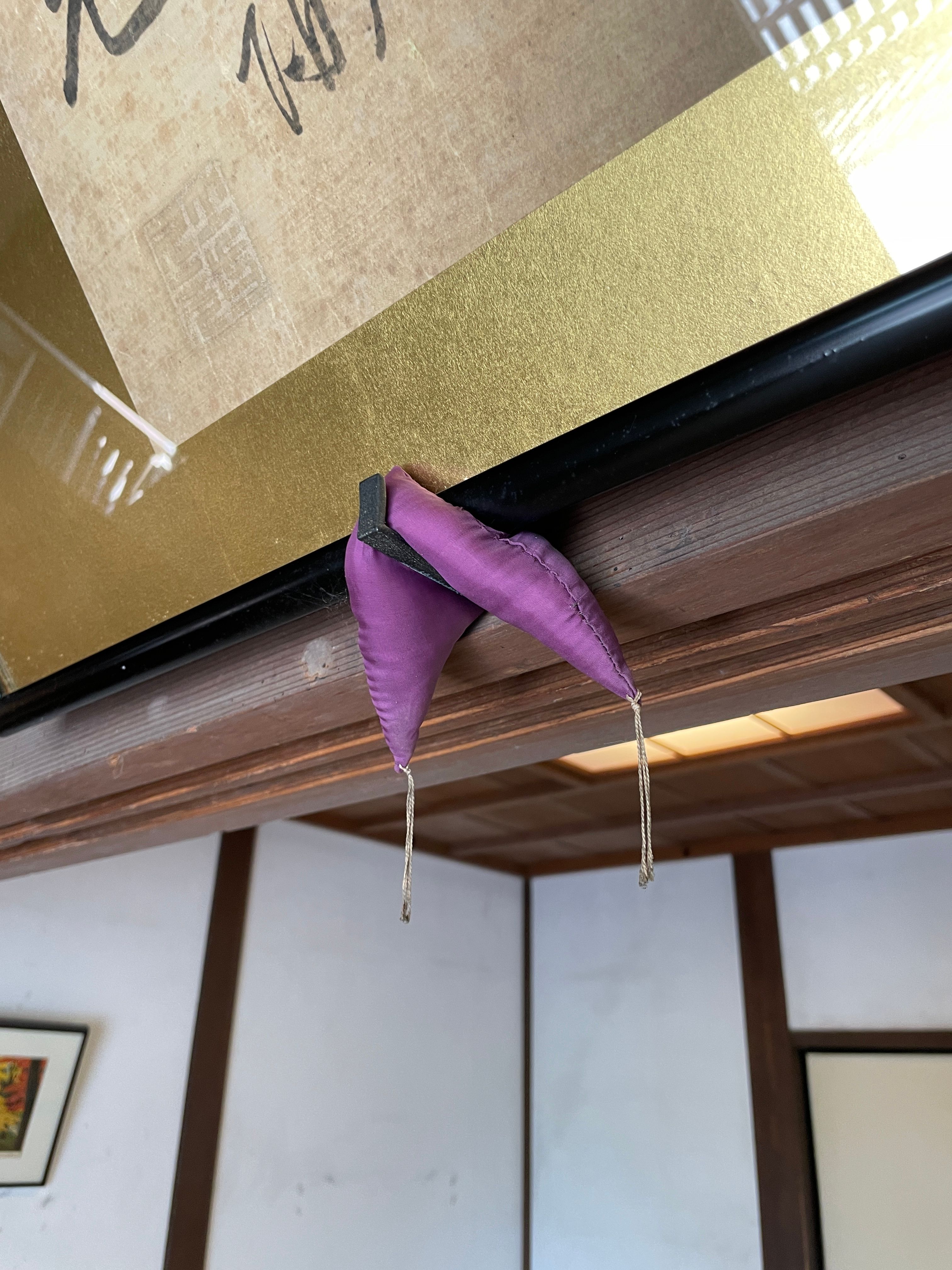
We sell the covers on their own too, if you already have an inner.
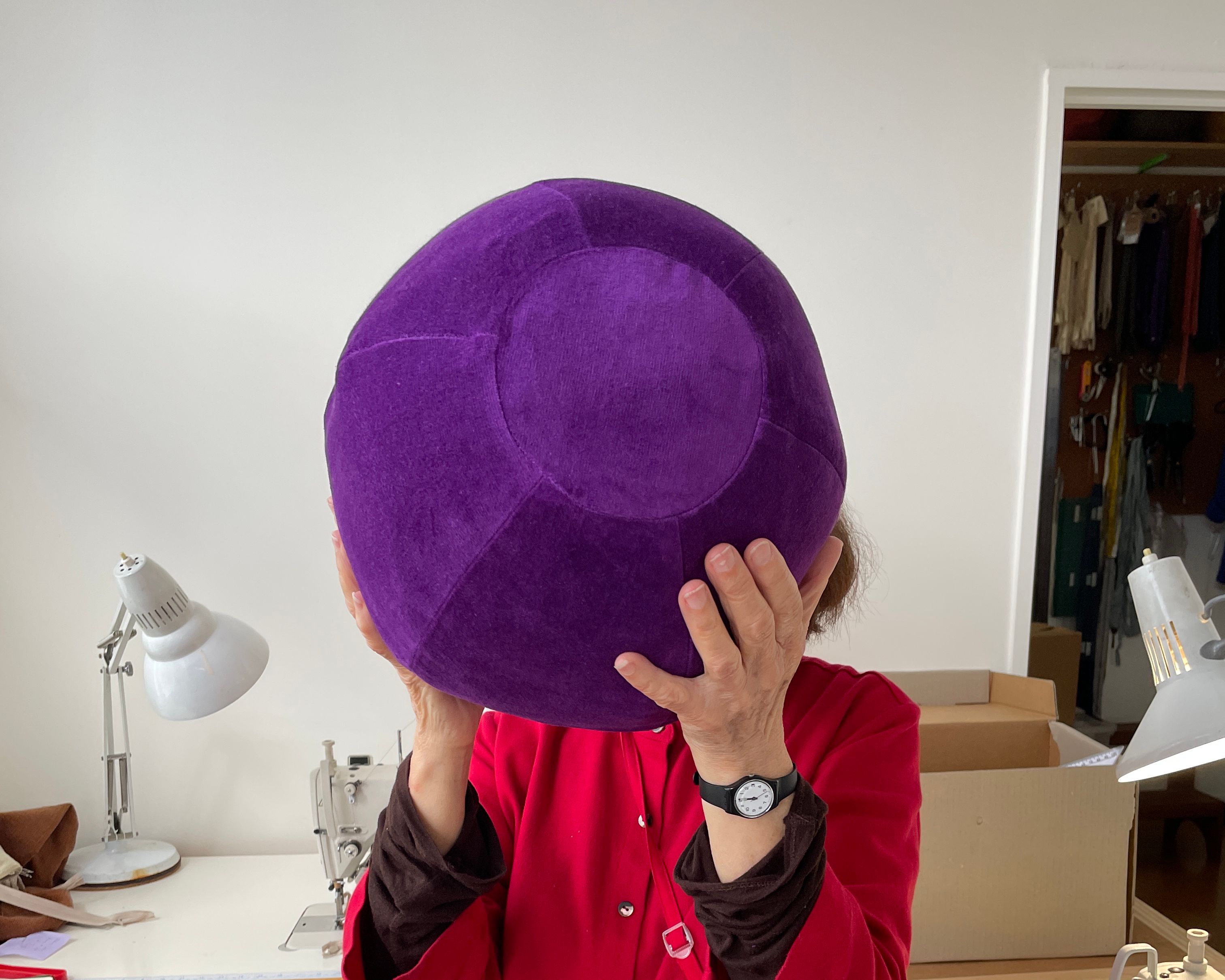
The purple velvet we use for our 'Iris' cushions is a 100% cotton velvet that is woven in Belguim
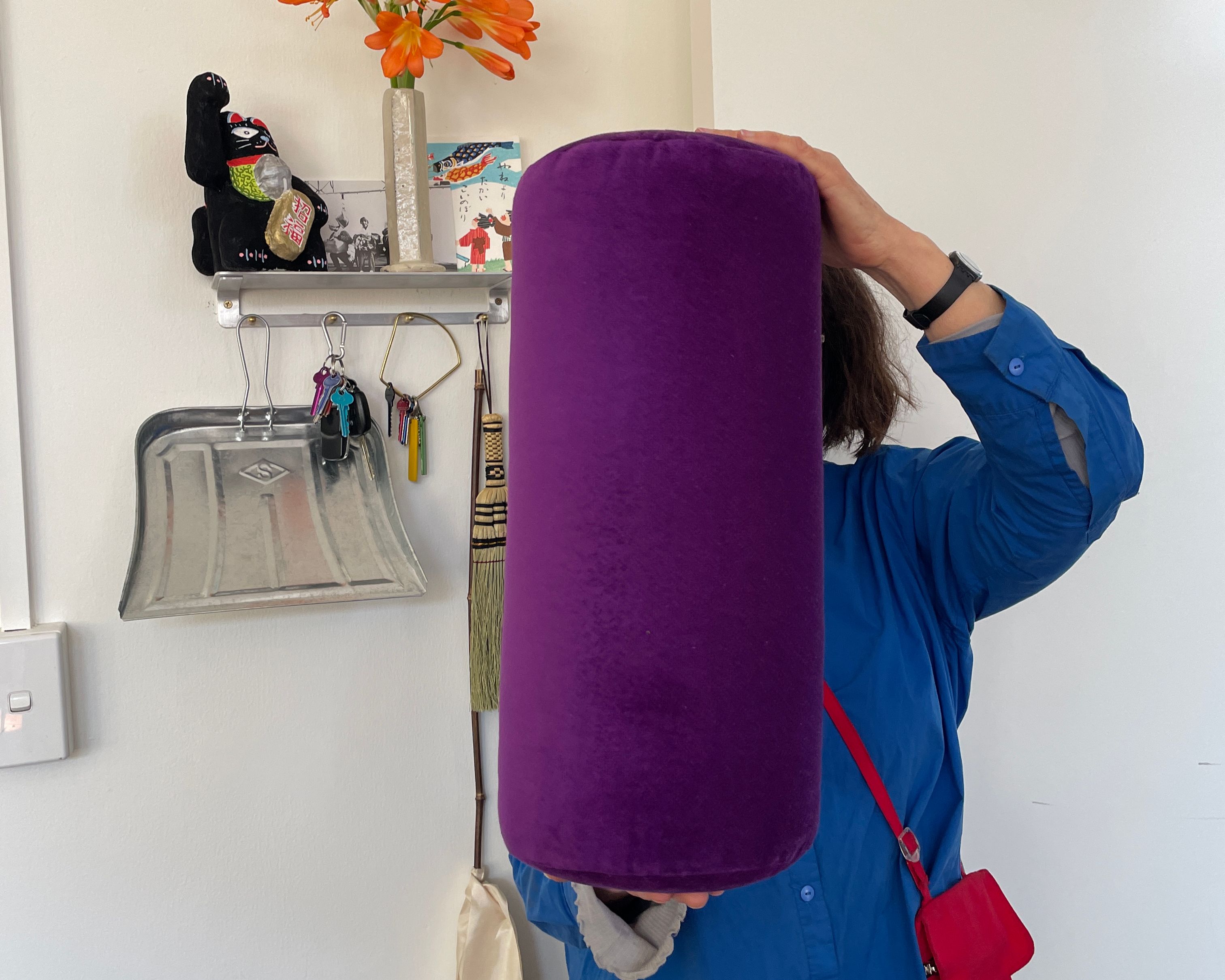
I like pairing the Iris Purple with more neutral textures like the Creamy Natural Canvas & Coconut Husk Brown.
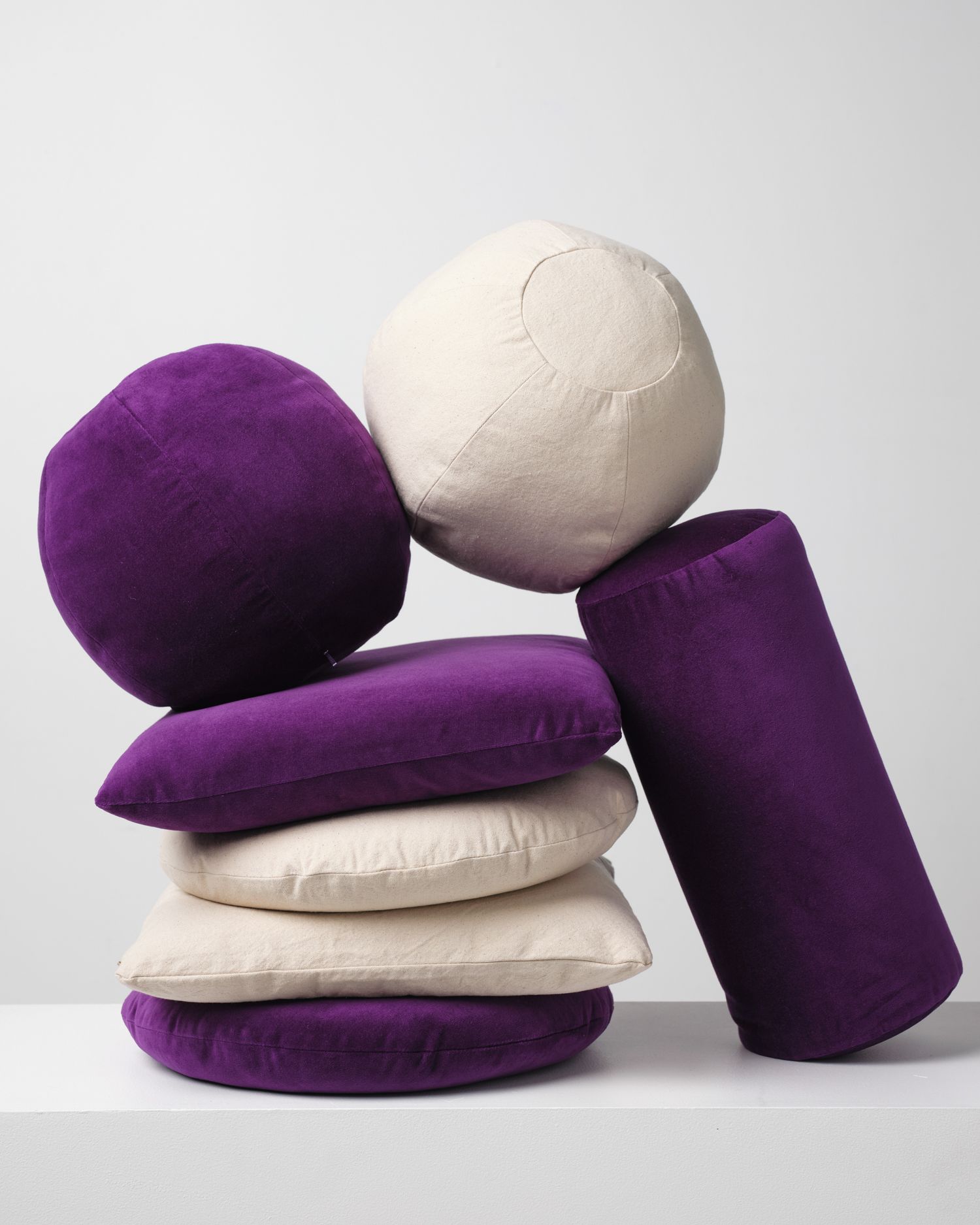
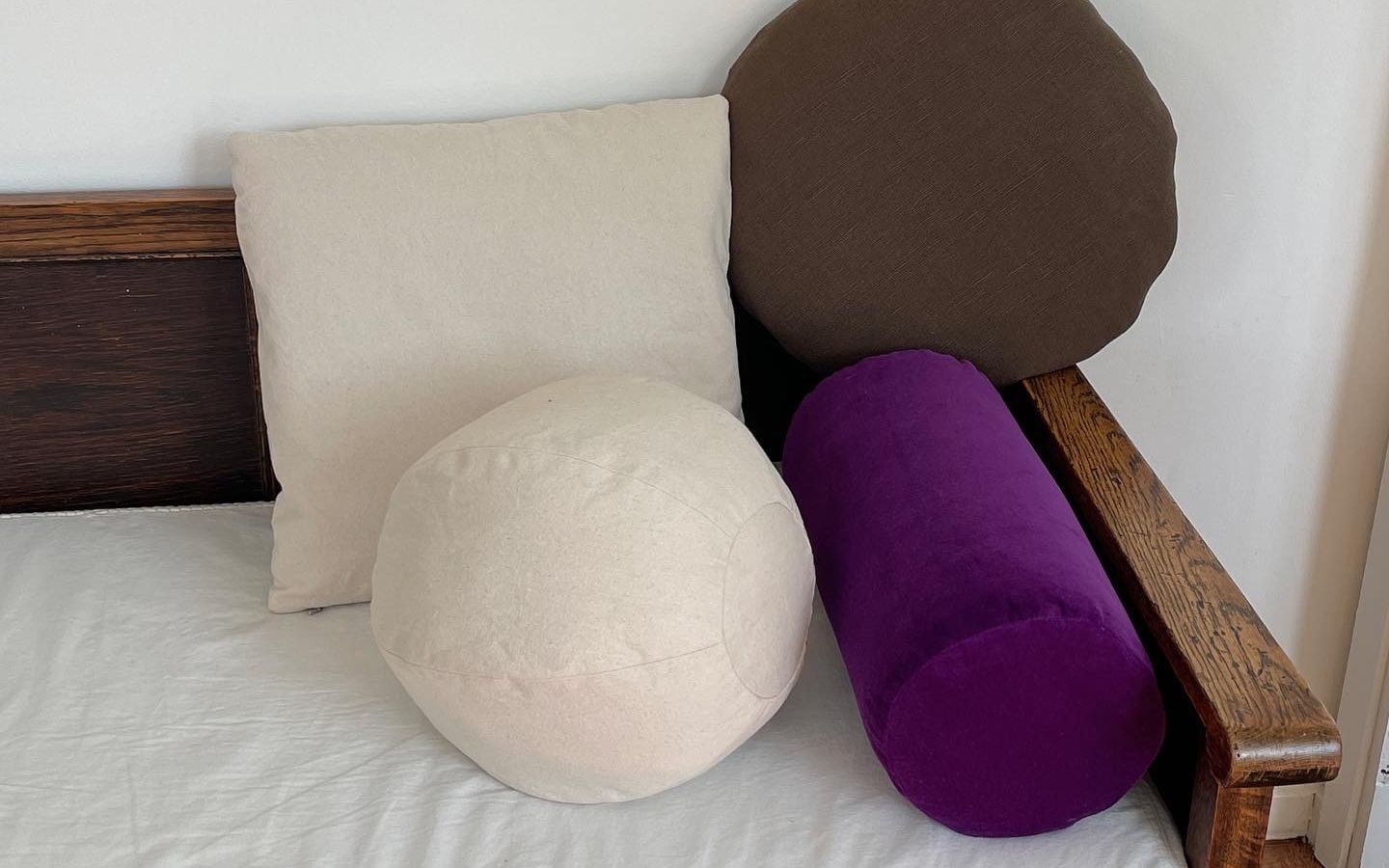
For anyone into purple like me, I found the following text is from the Purple Wikipedia Page really interesting:
'Purple first appeared in prehistoric art during the Neolithic era. The artists of Pech Merle sites in France used sticks of manganese and hematite powder to draw and paint animals and the outlines of their own hands on the walls of their caves. These works have been dated to between 16,000 and 25,000 BC.
Purple textiles, dating back to the early second millennium BCE, were found in Syria, making them the oldest known purple textiles in the world. These findings include textiles from a burial site in Chagar Bazar, dating back to the 18th-16th centuries BCE, as well as preserved textile samples discovered in gypsum at the Royal Palace of Qatna.
As early as the 15th century BC, the citizens of Sidon and Tyre, two cities on the coast of Ancient Phoenicia (present day Lebanon), were producing purple dye from a sea snail called the spiny dye-murex. Clothing colored with the Tyrian dye was mentioned in both the Iliad of Homer and the Aeneid. The deep, rich purple dye made from this snail became known as Tyrian purple.
The process of making the dye was long, difficult and expensive. Thousands of the tiny snails had to be found, their shells cracked, the snail removed. Mountains of empty shells have been found at the ancient sites of Sidon and Tyre. The snails were left to soak, then a tiny gland was removed and the juice extracted and put in a basin, which was placed in the sunlight. There, a remarkable transformation took place. In the sunlight the juice turned white, then yellow-green, then green, then violet, then a red which turned darker and darker. The process had to be stopped at exactly the right time to obtain the desired color, which could range from a bright crimson to a dark purple, the color of dried blood. Then either wool, linen or silk would be dyed. The exact hue varied between crimson and violet, but it was always rich, bright and lasting.'

